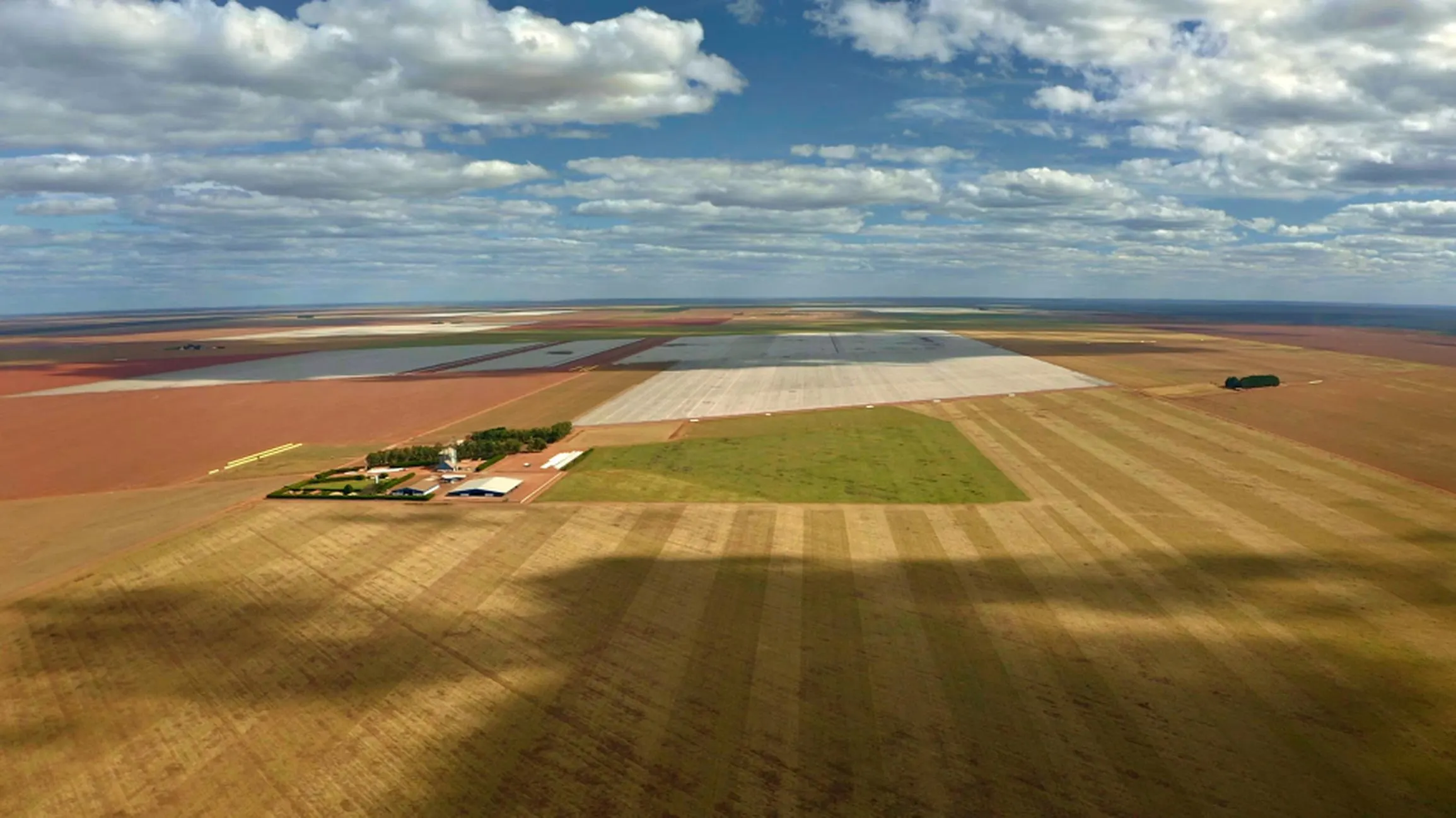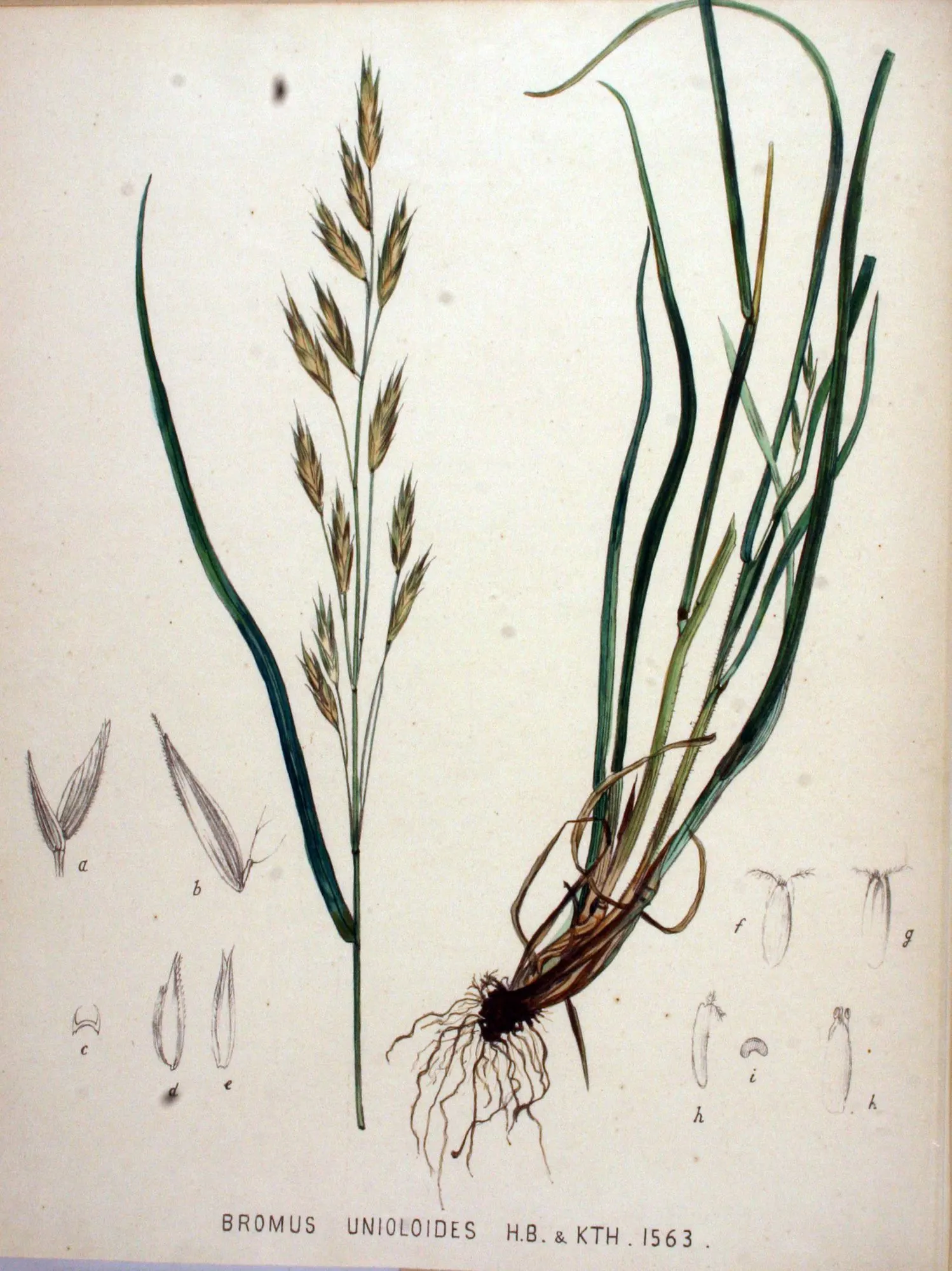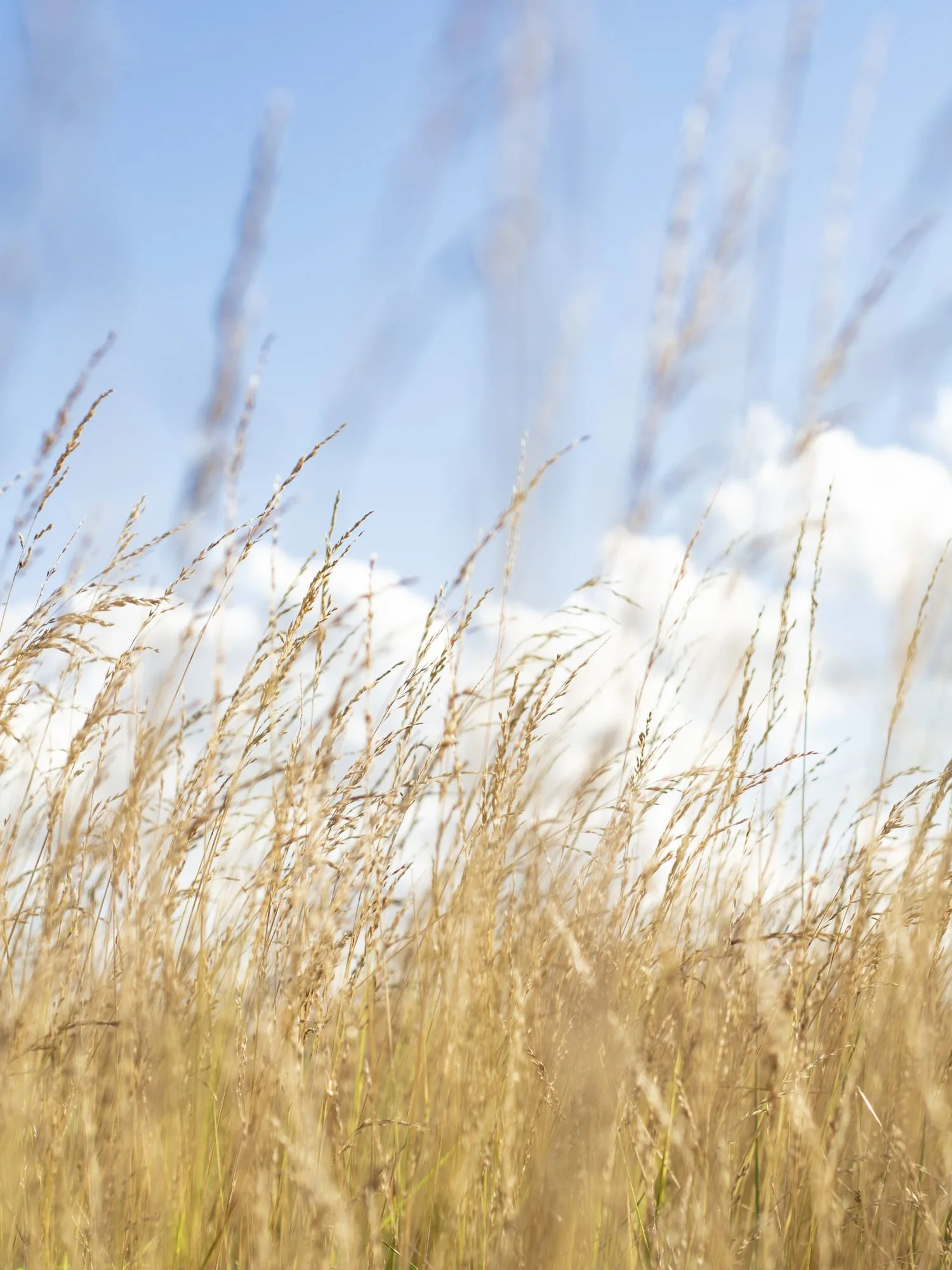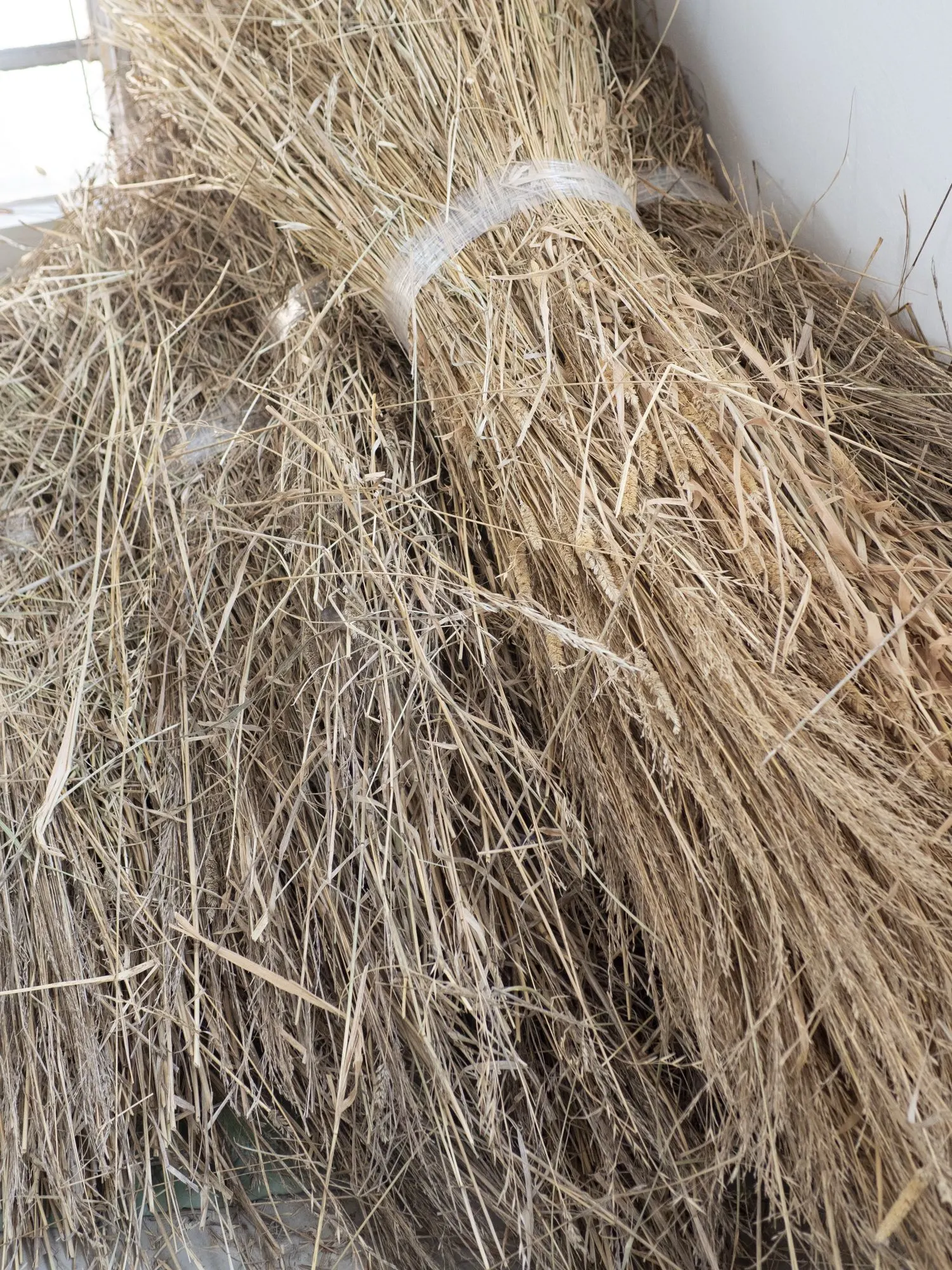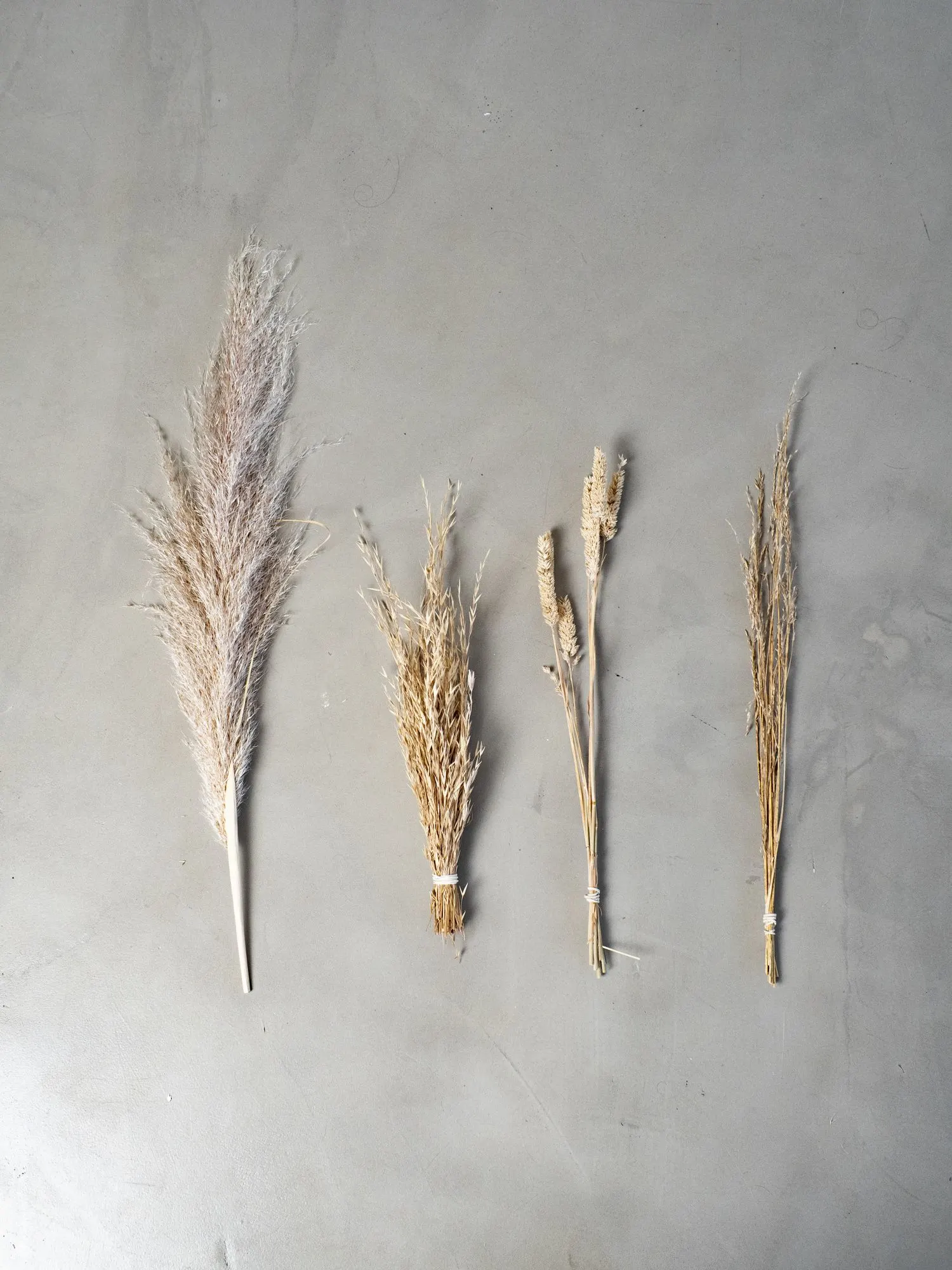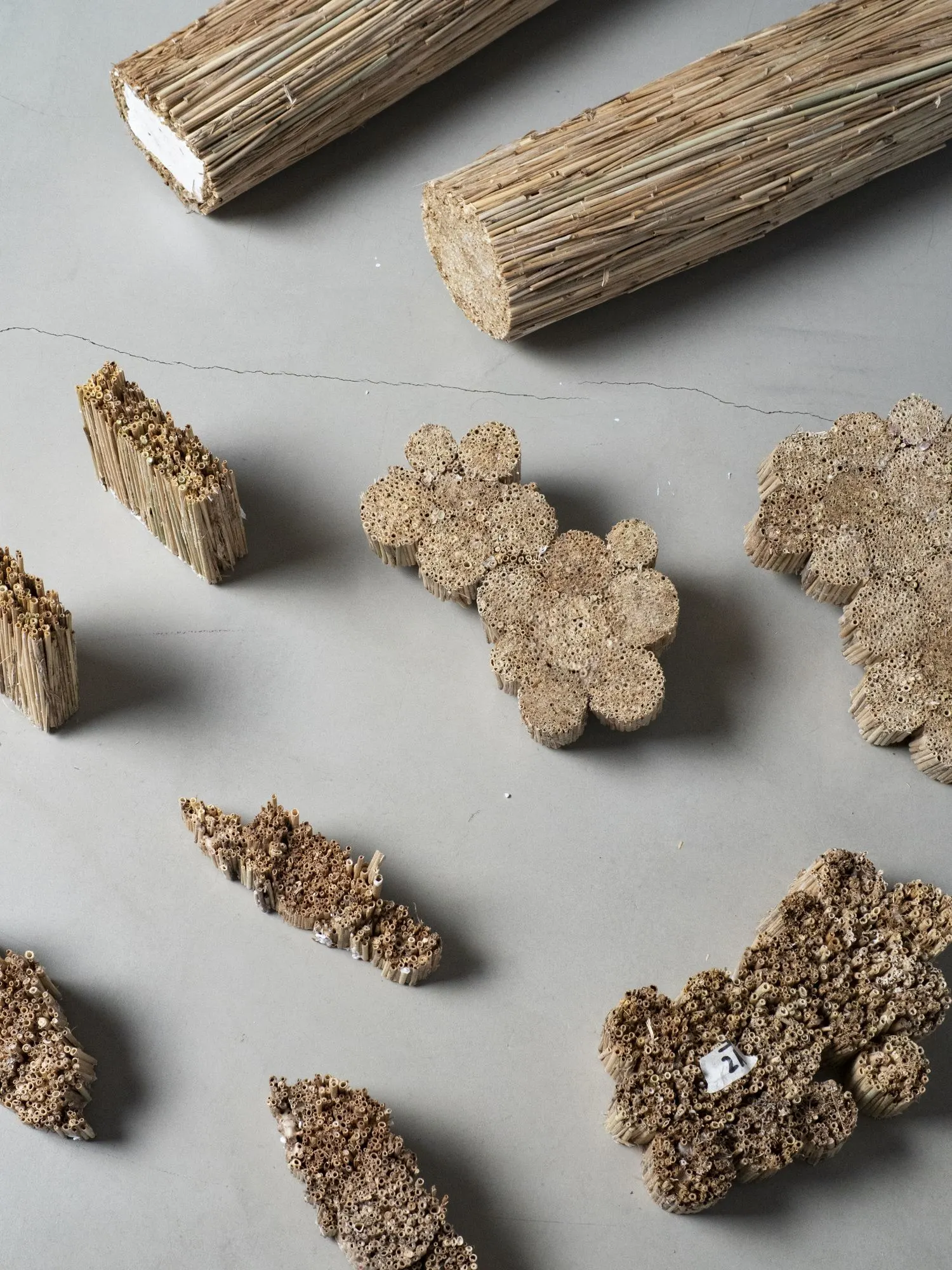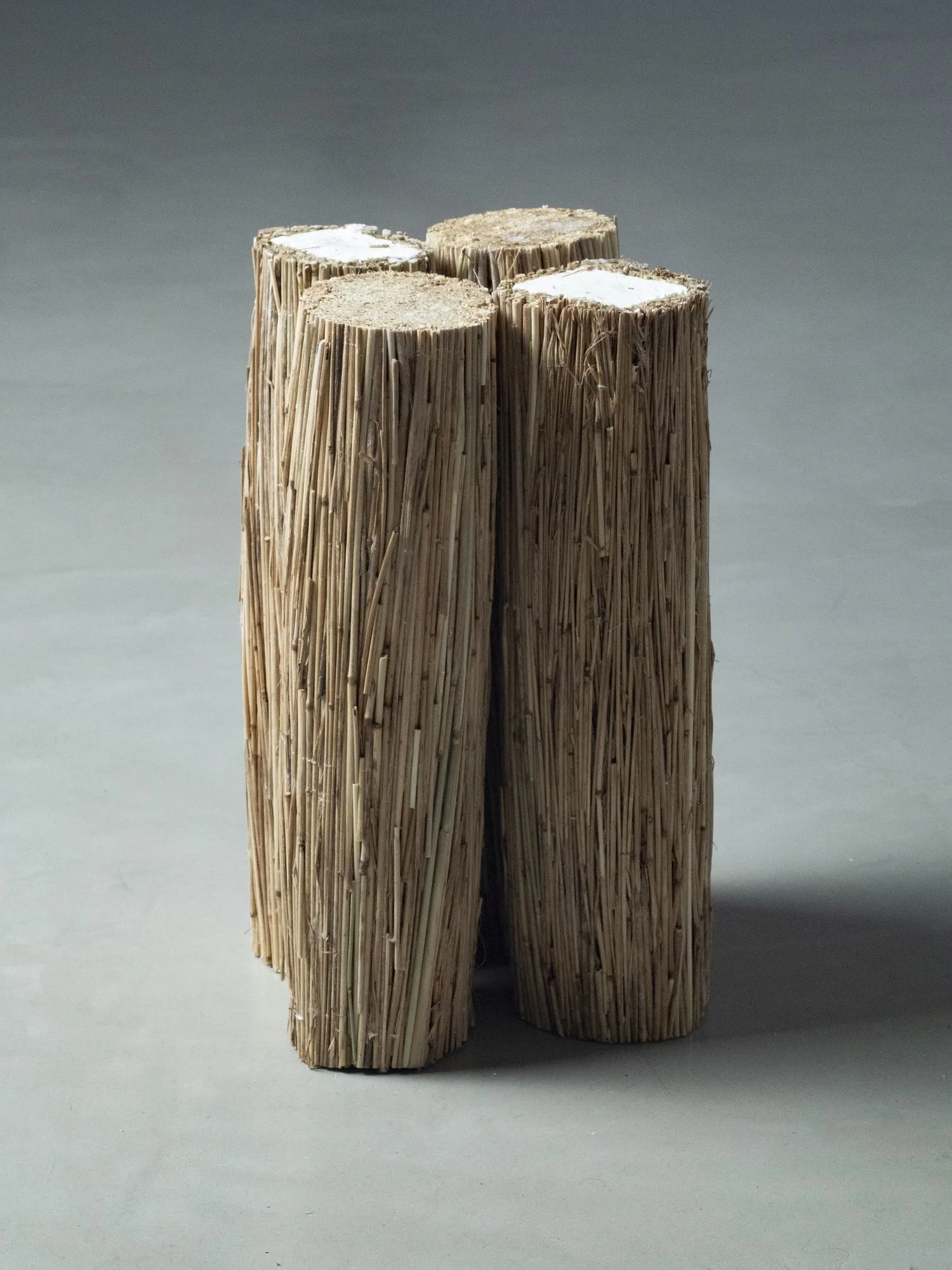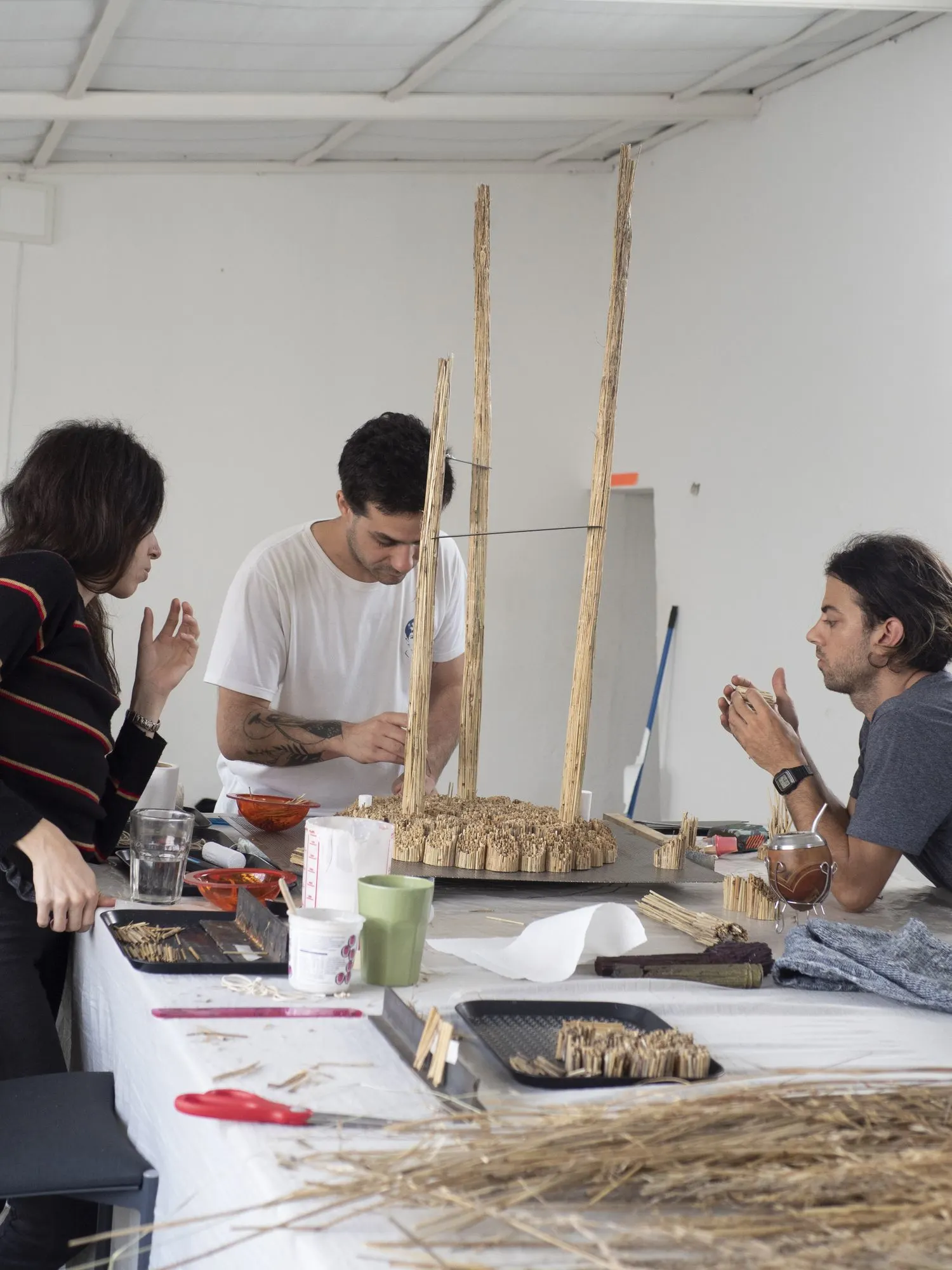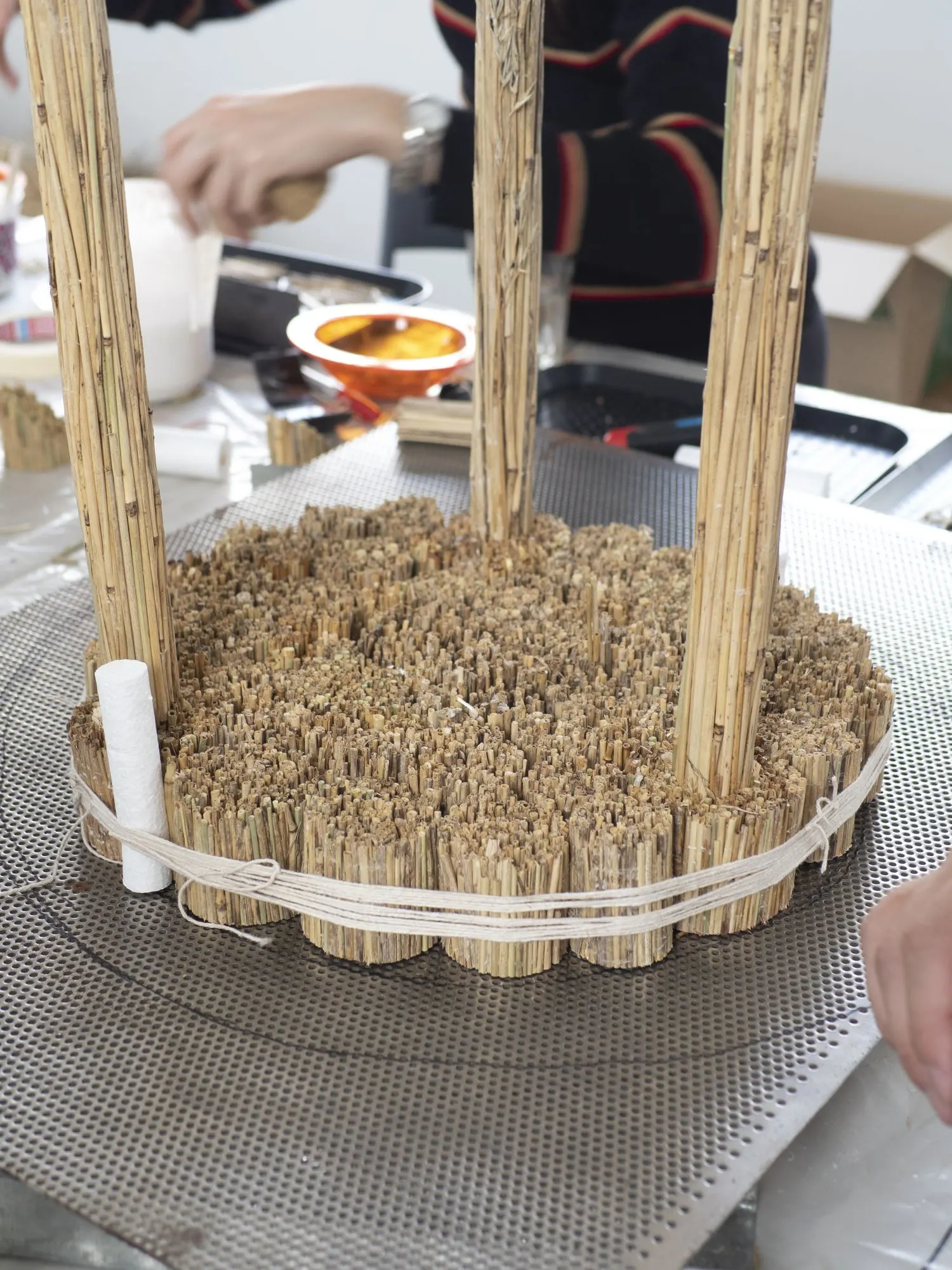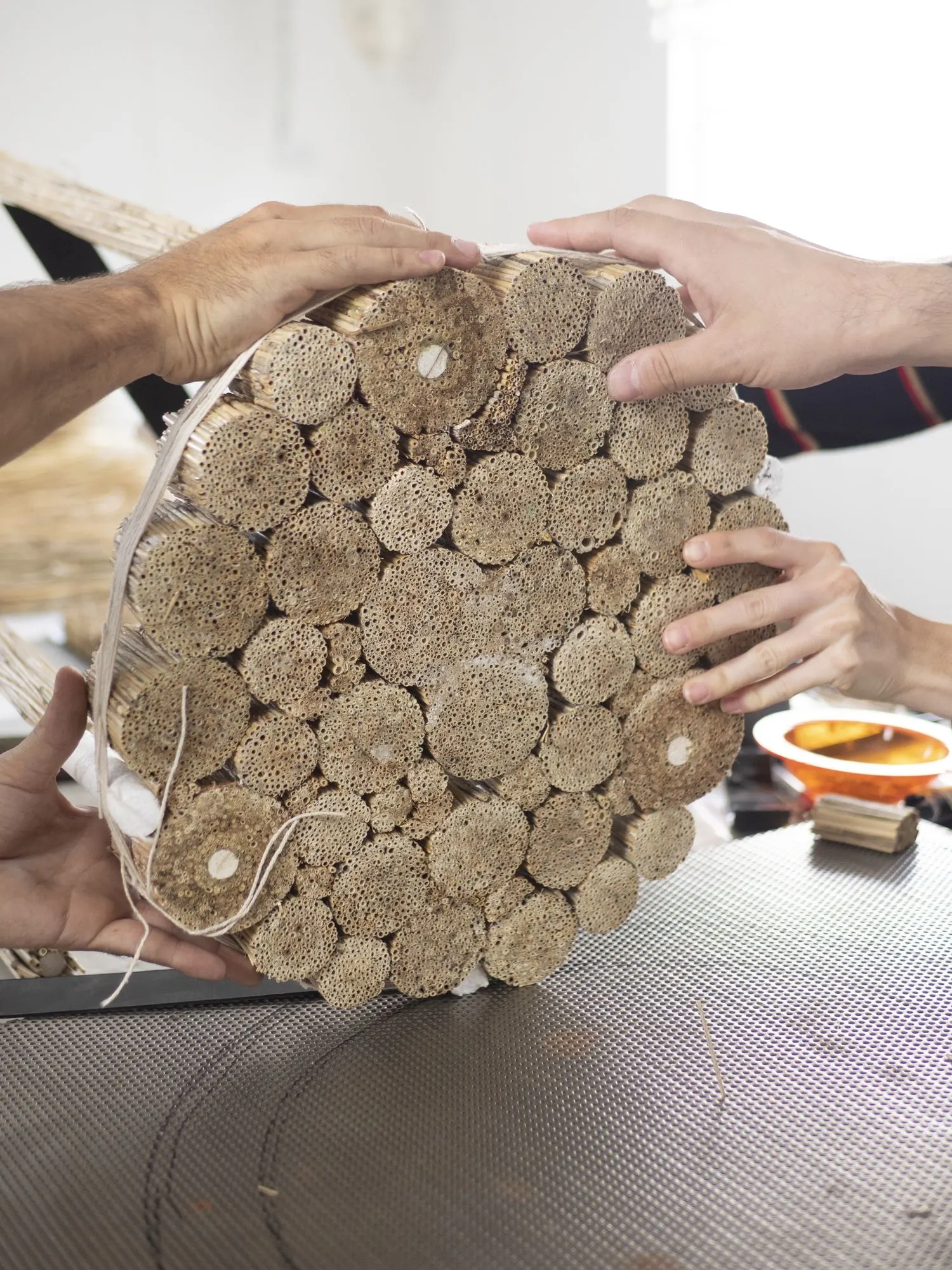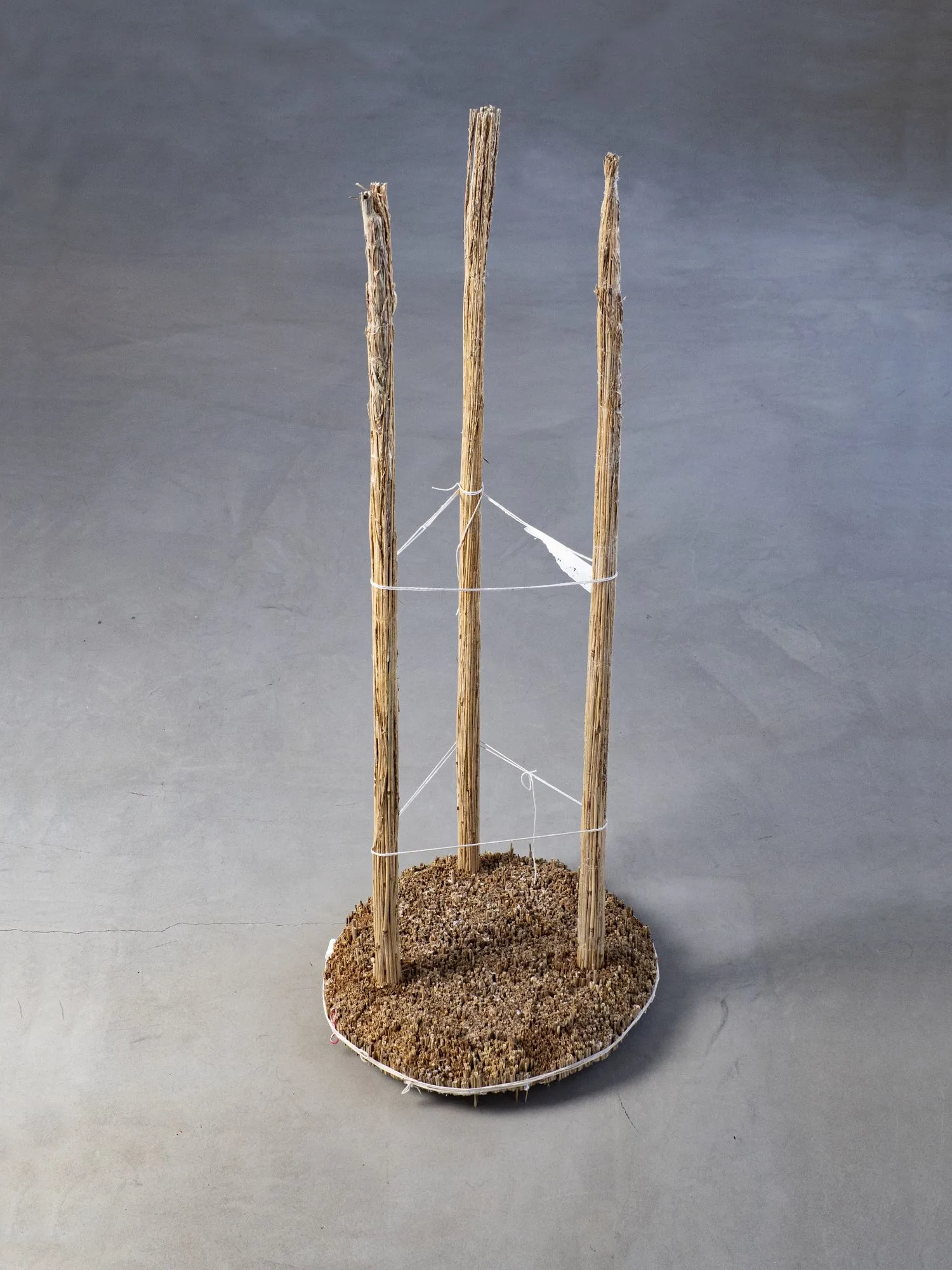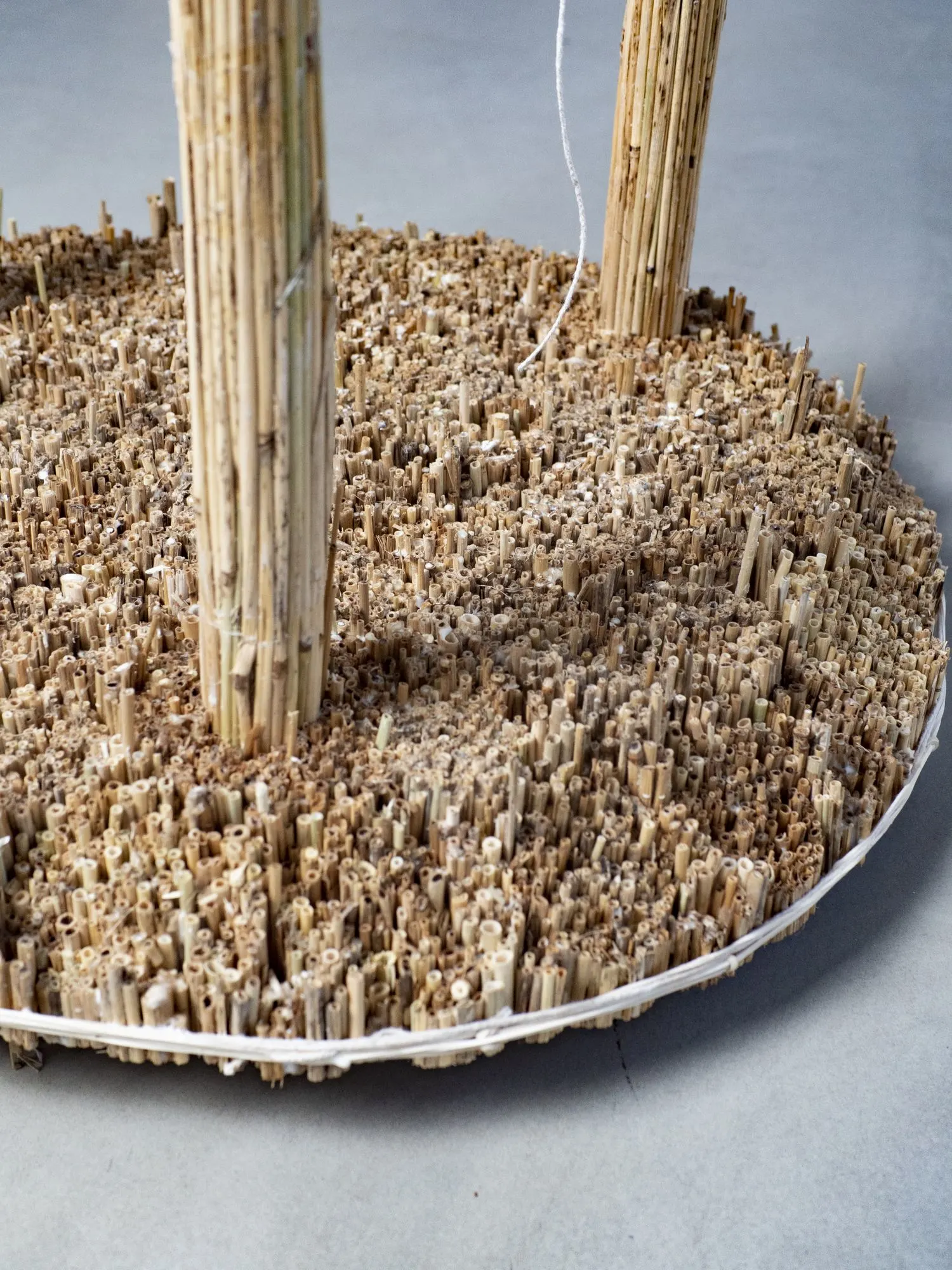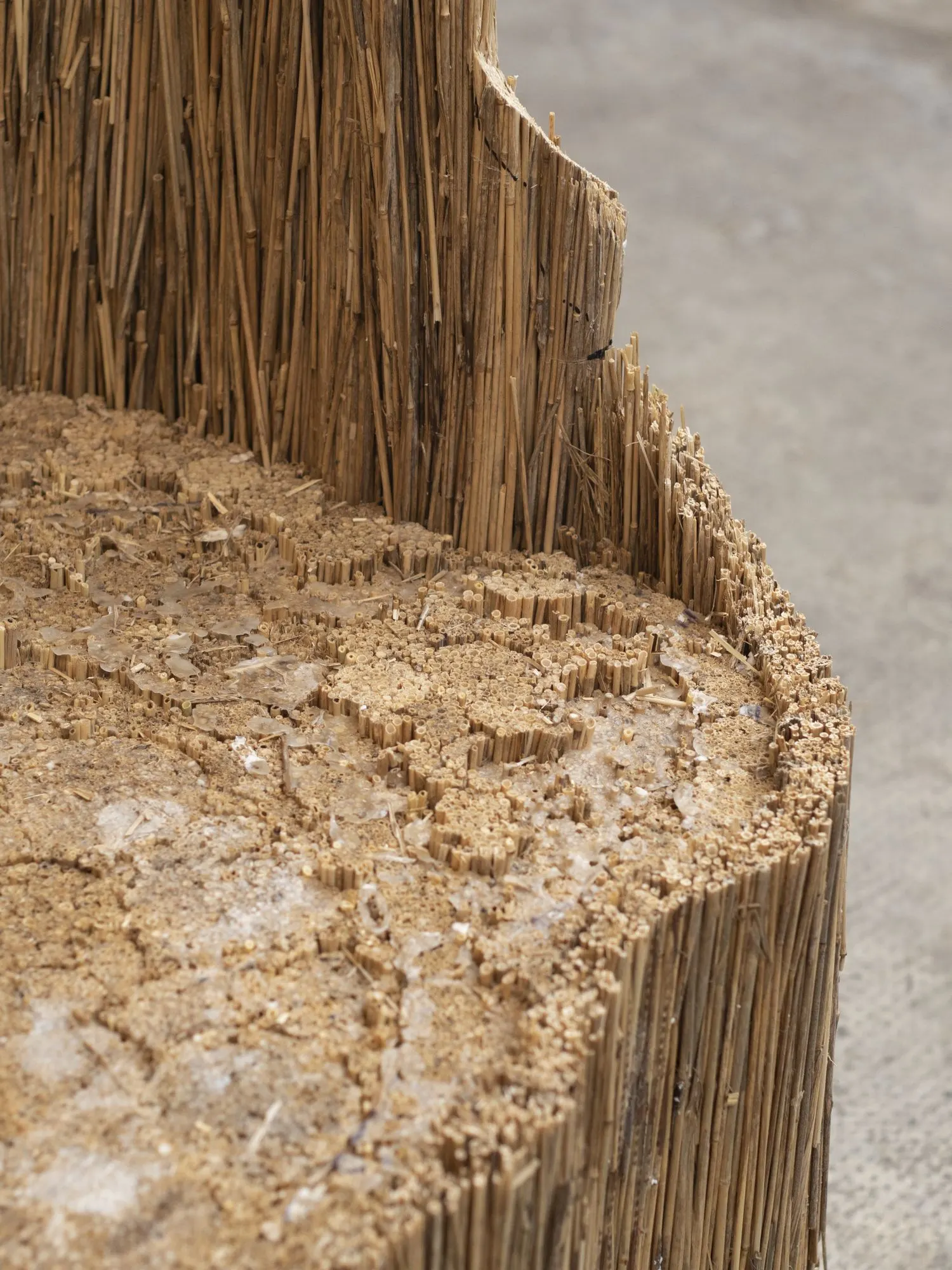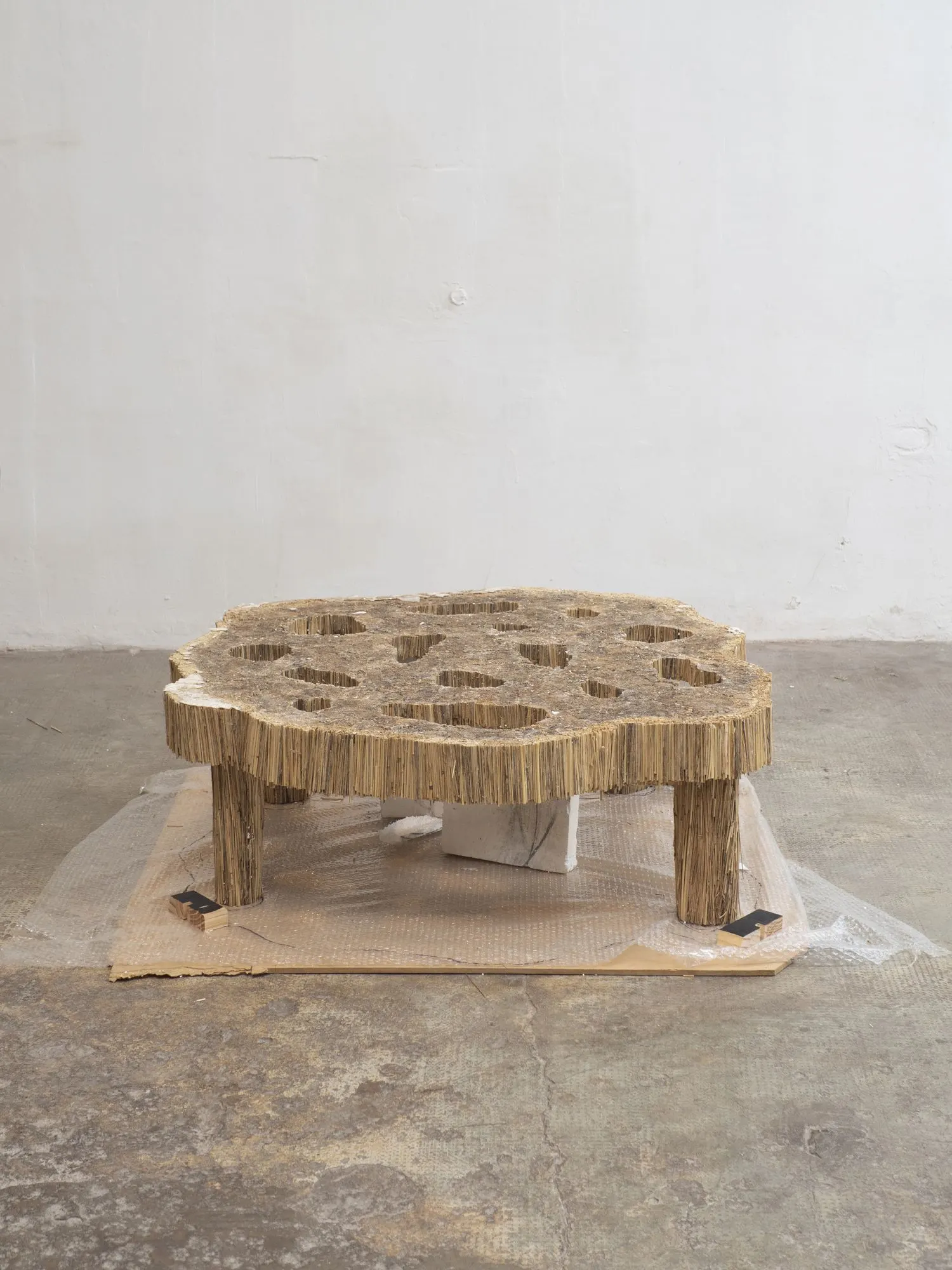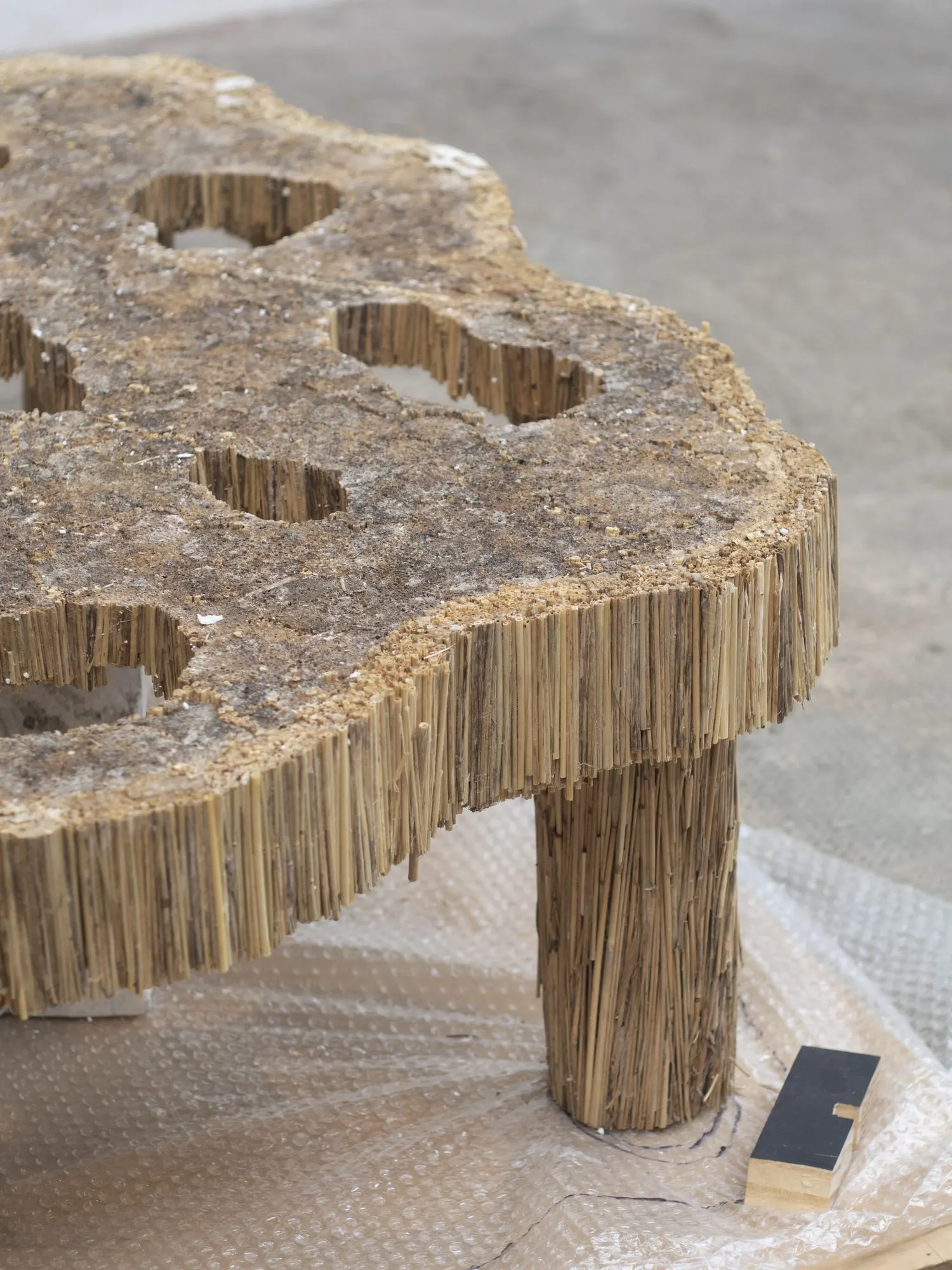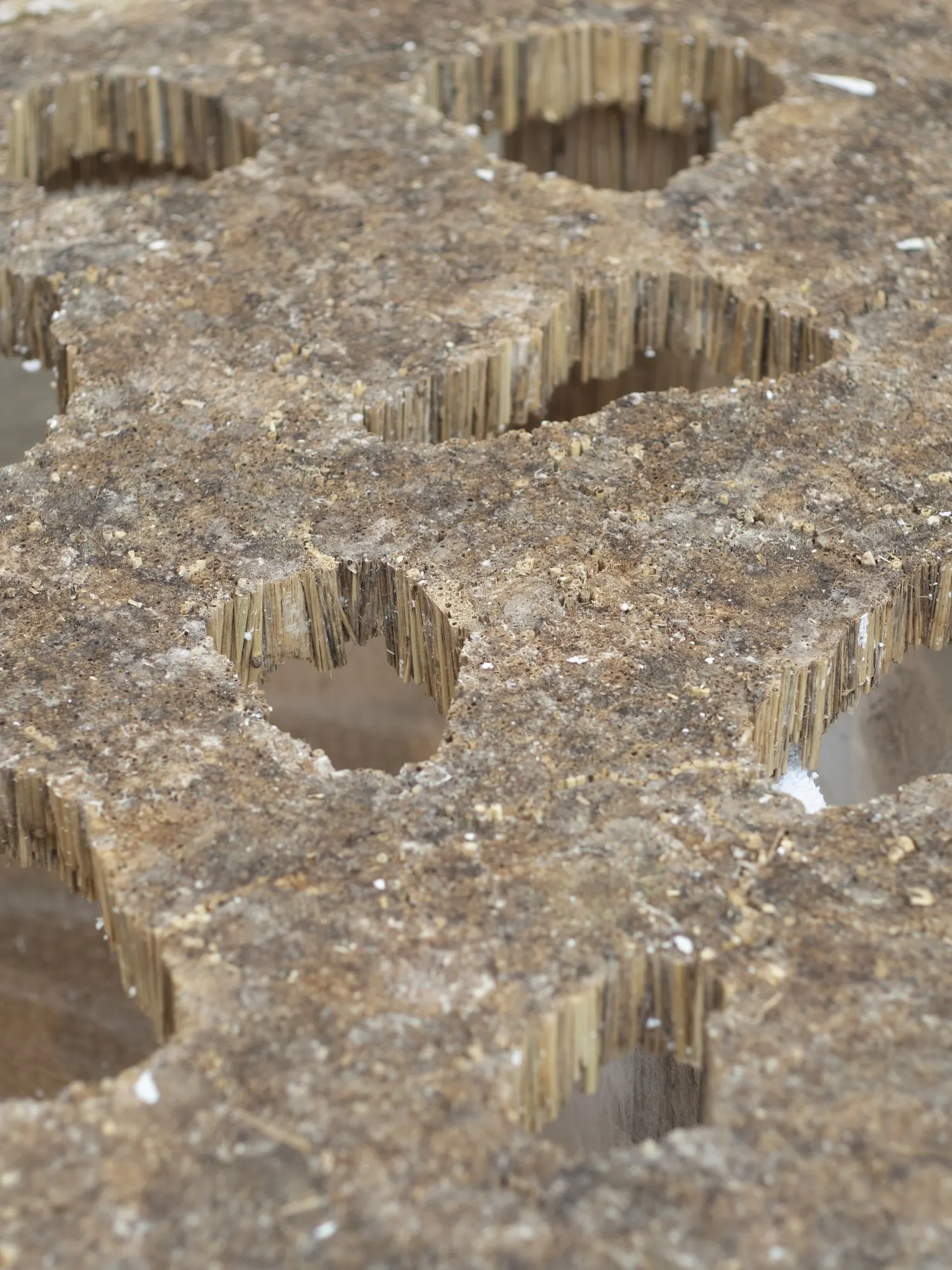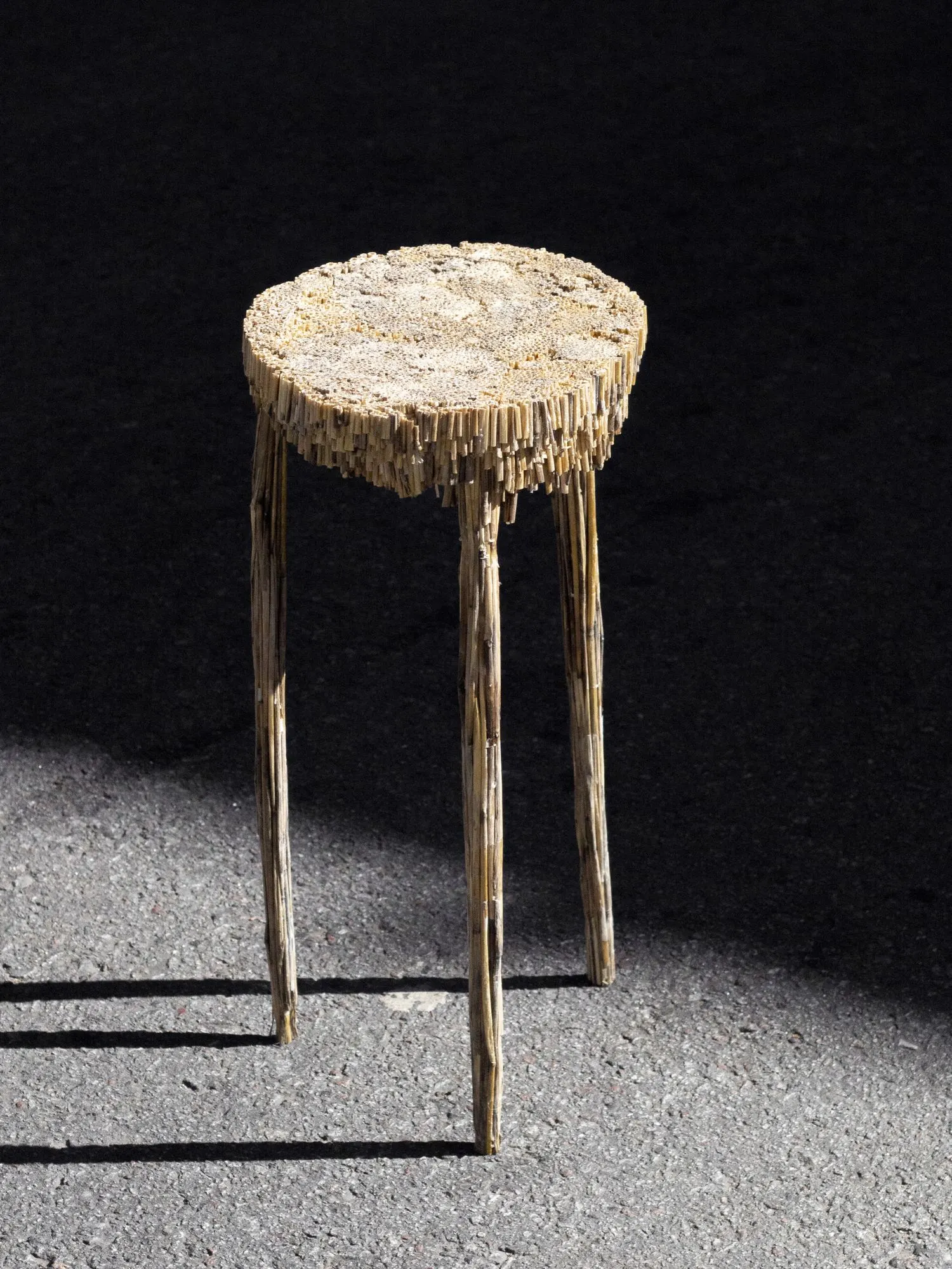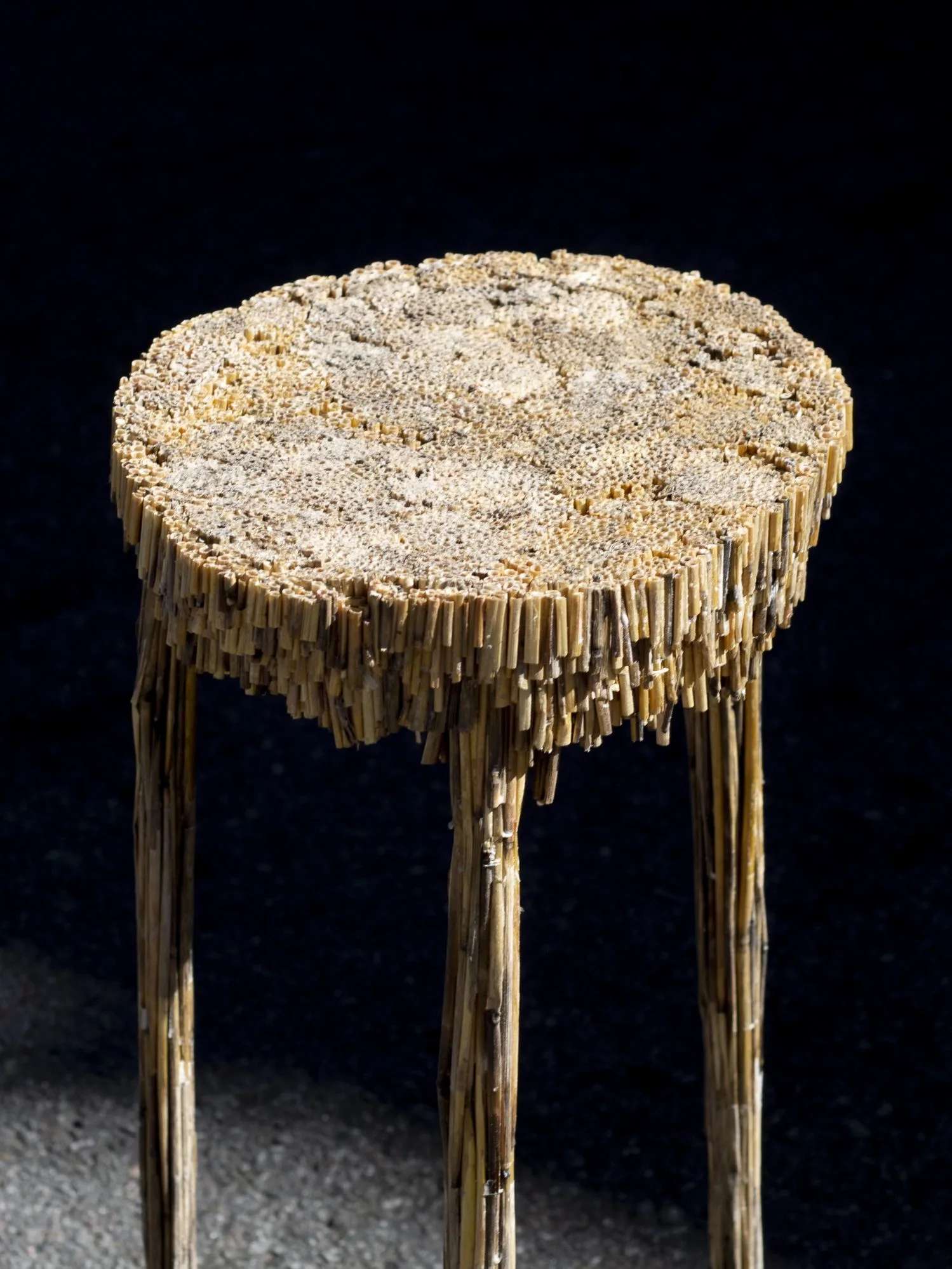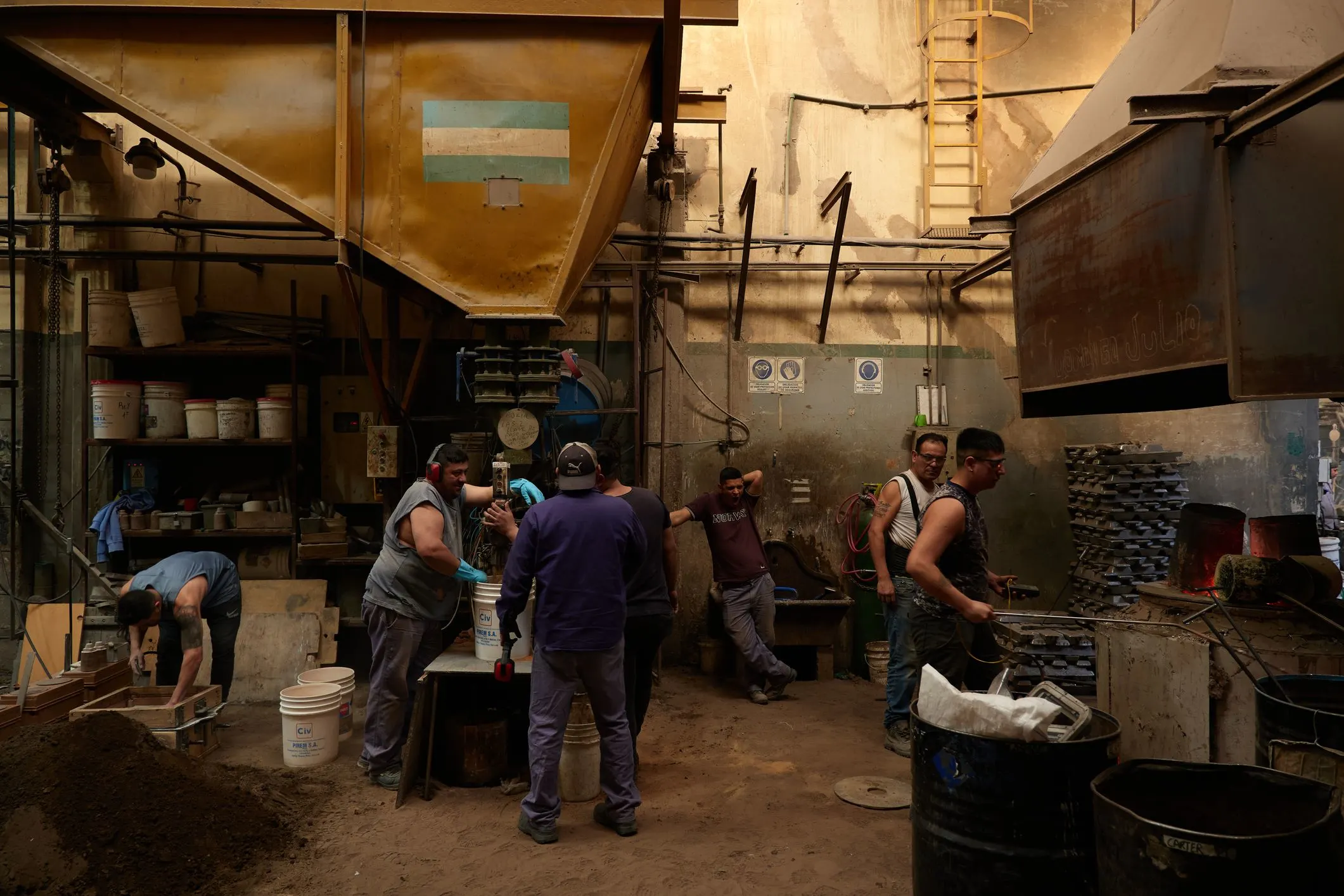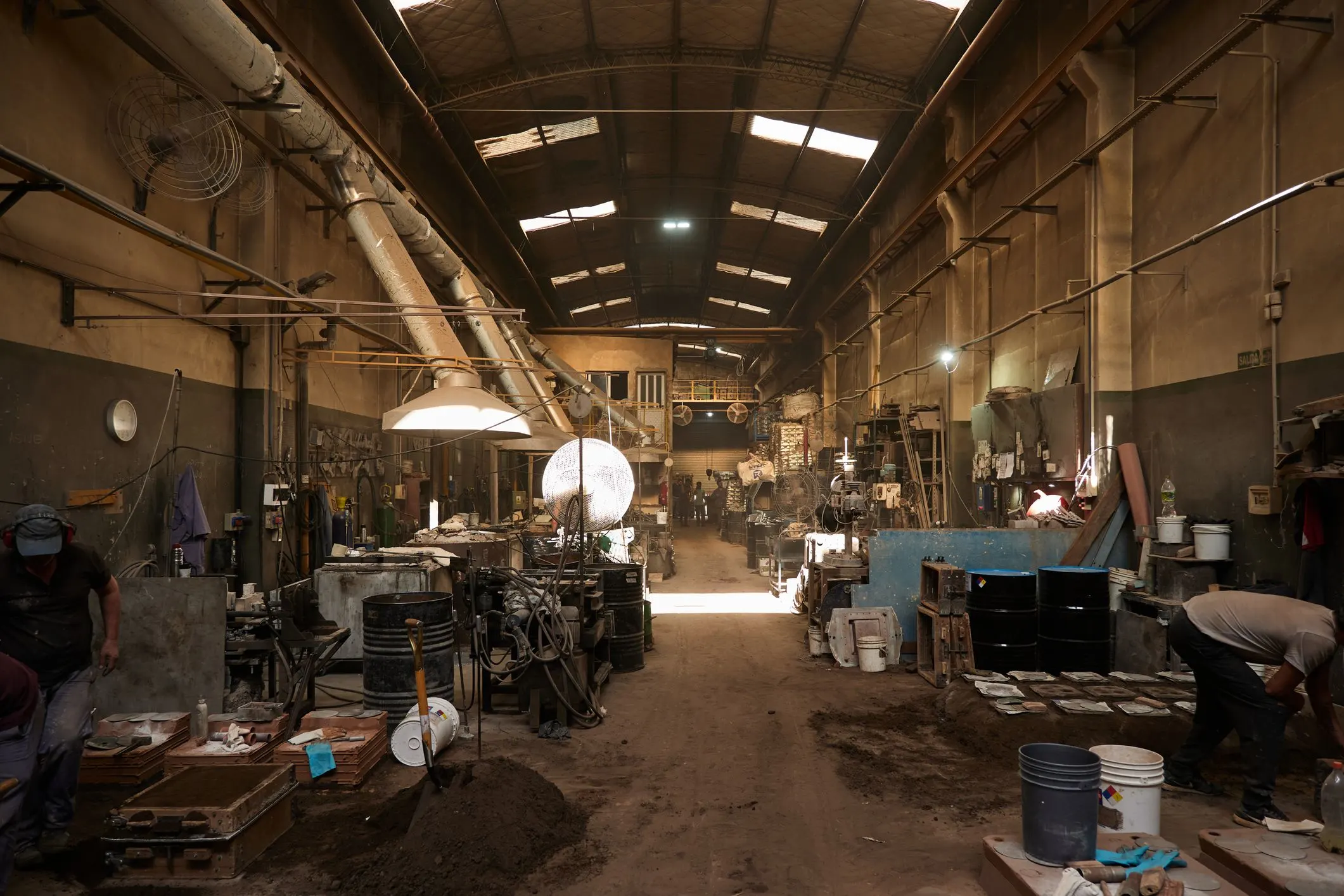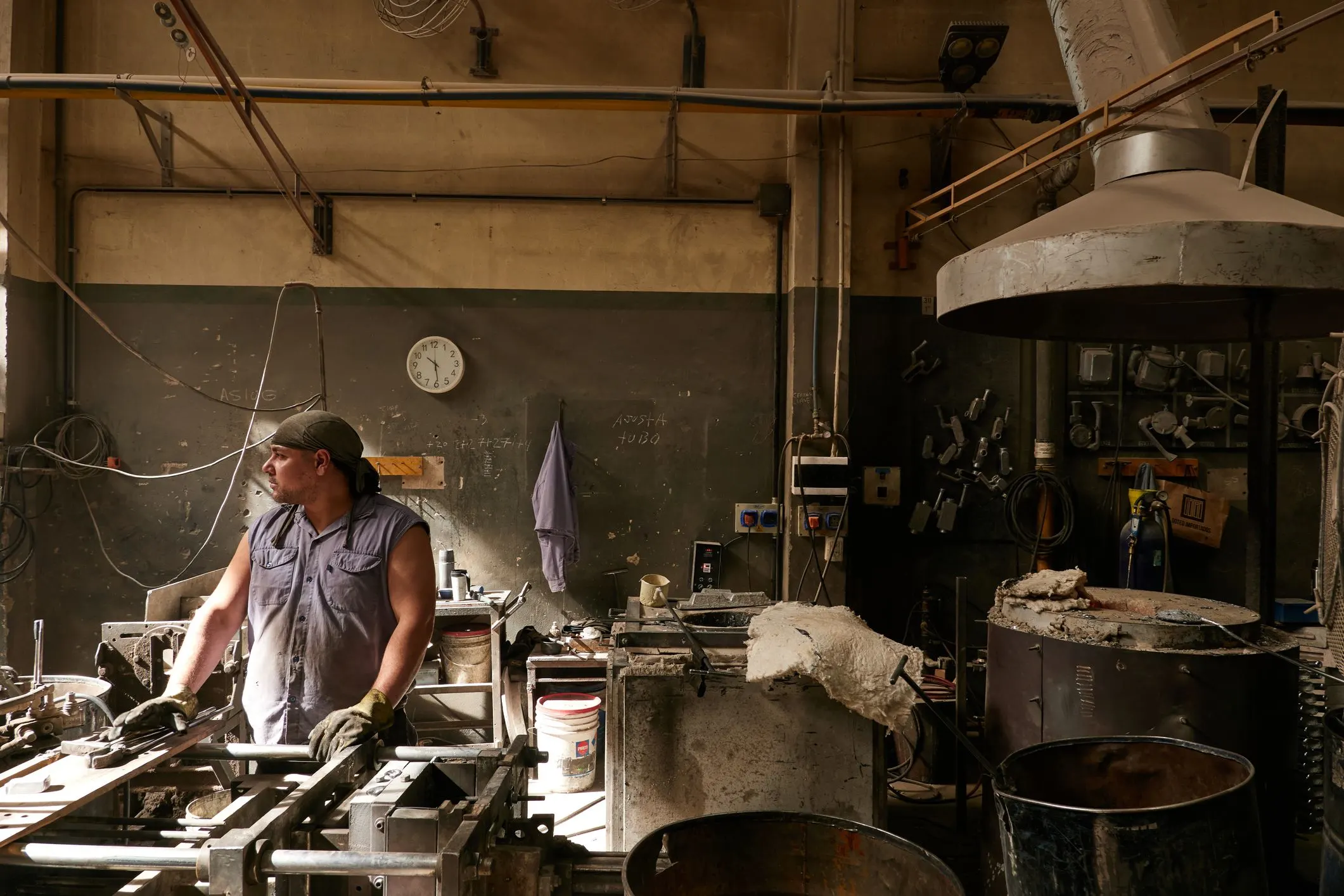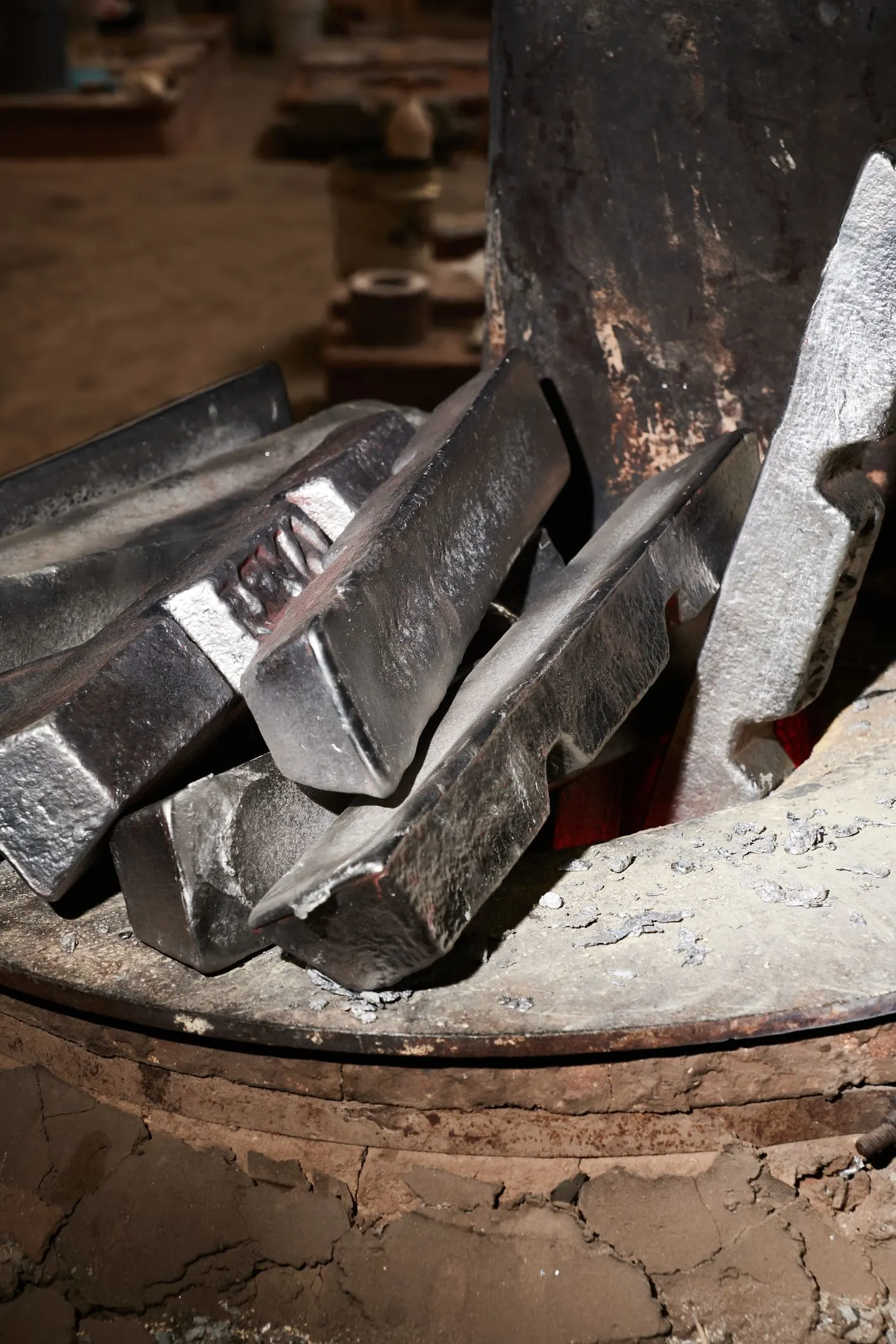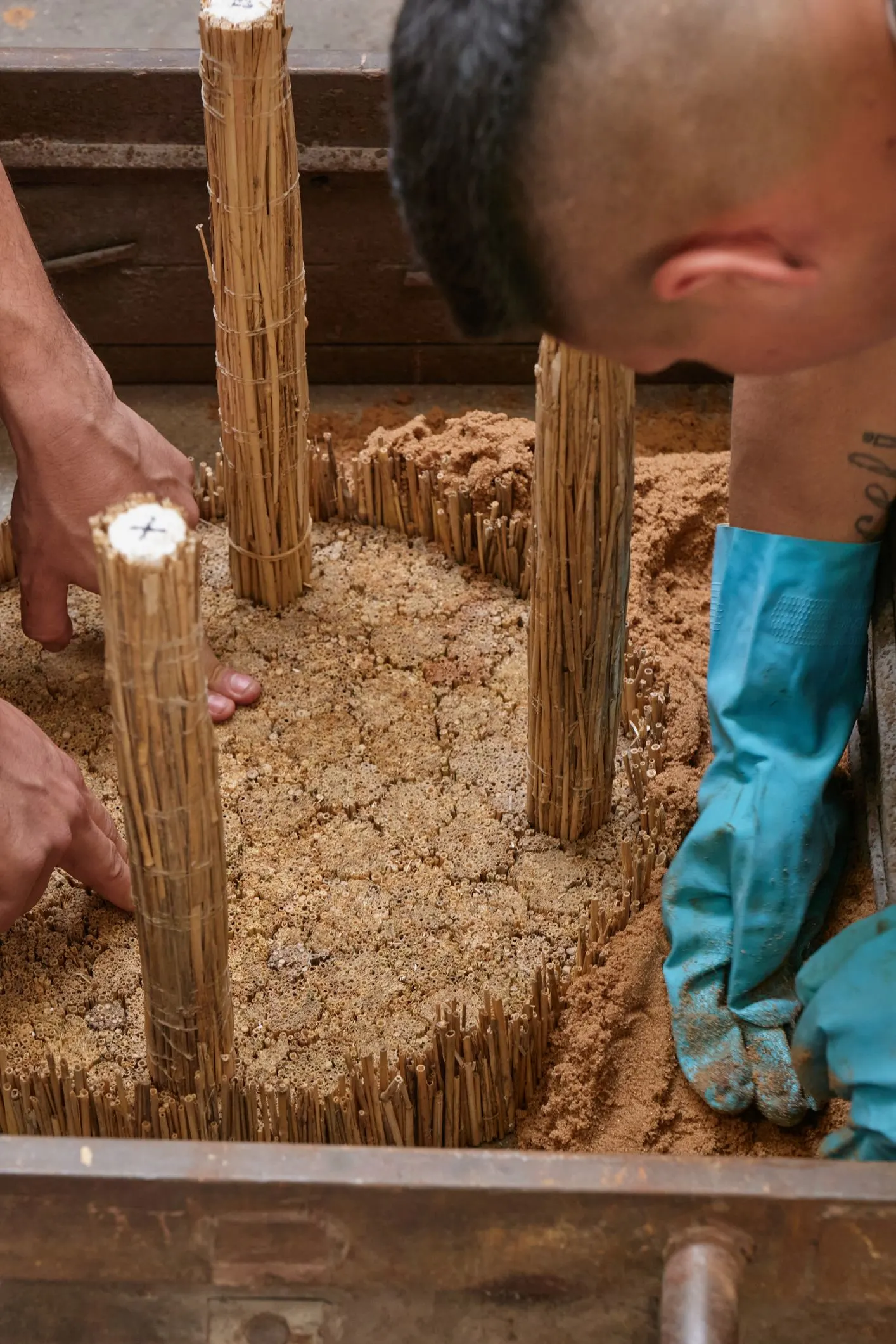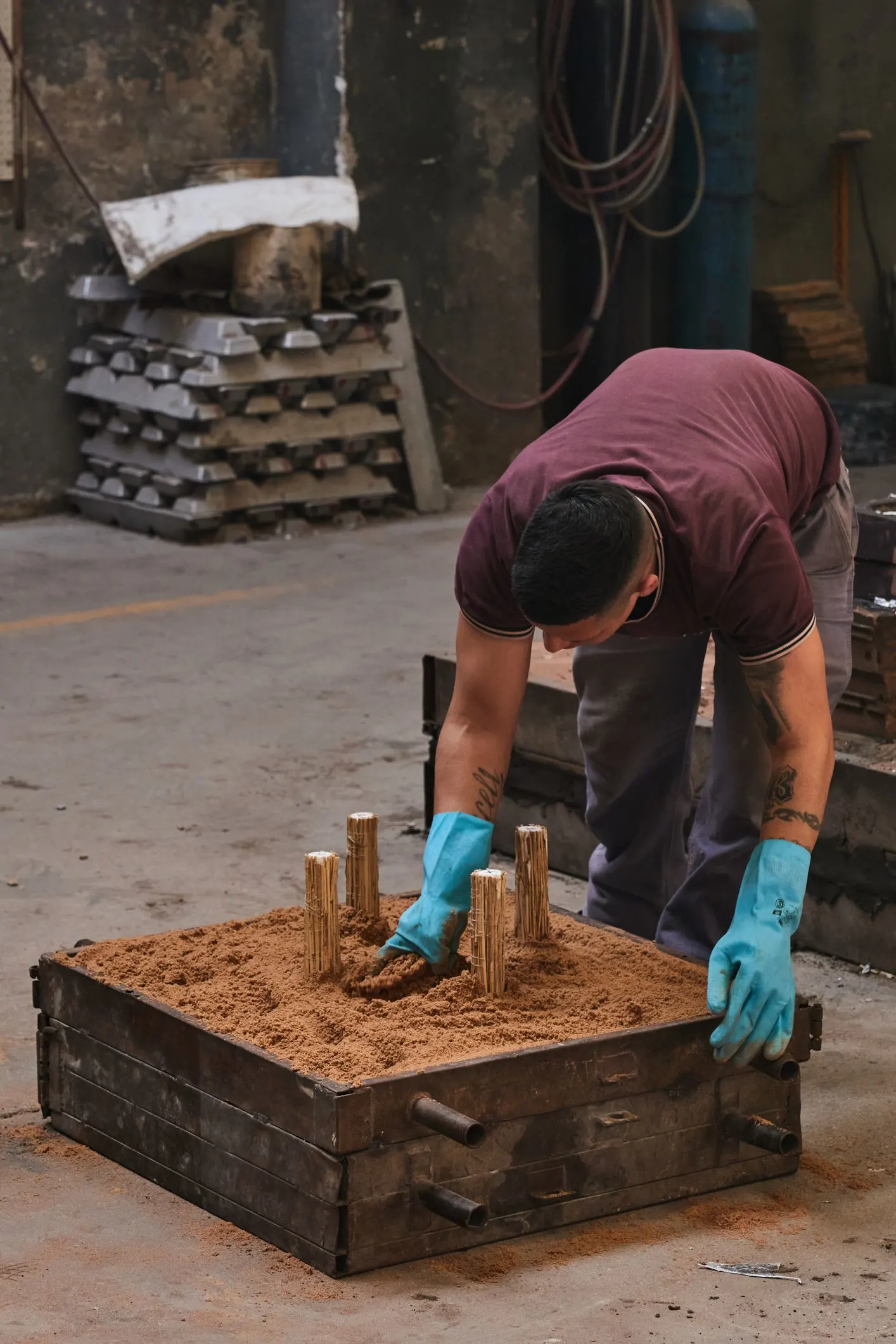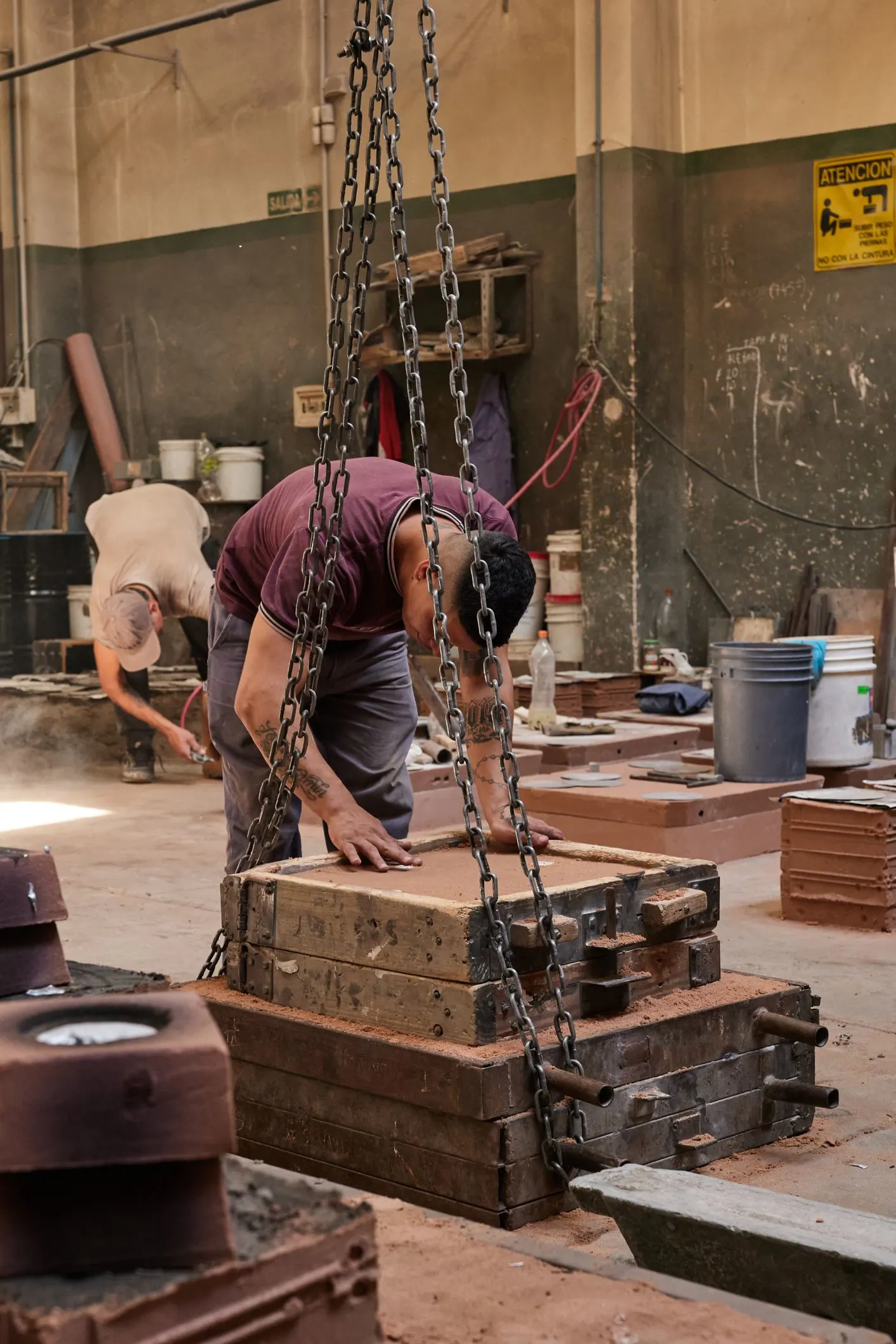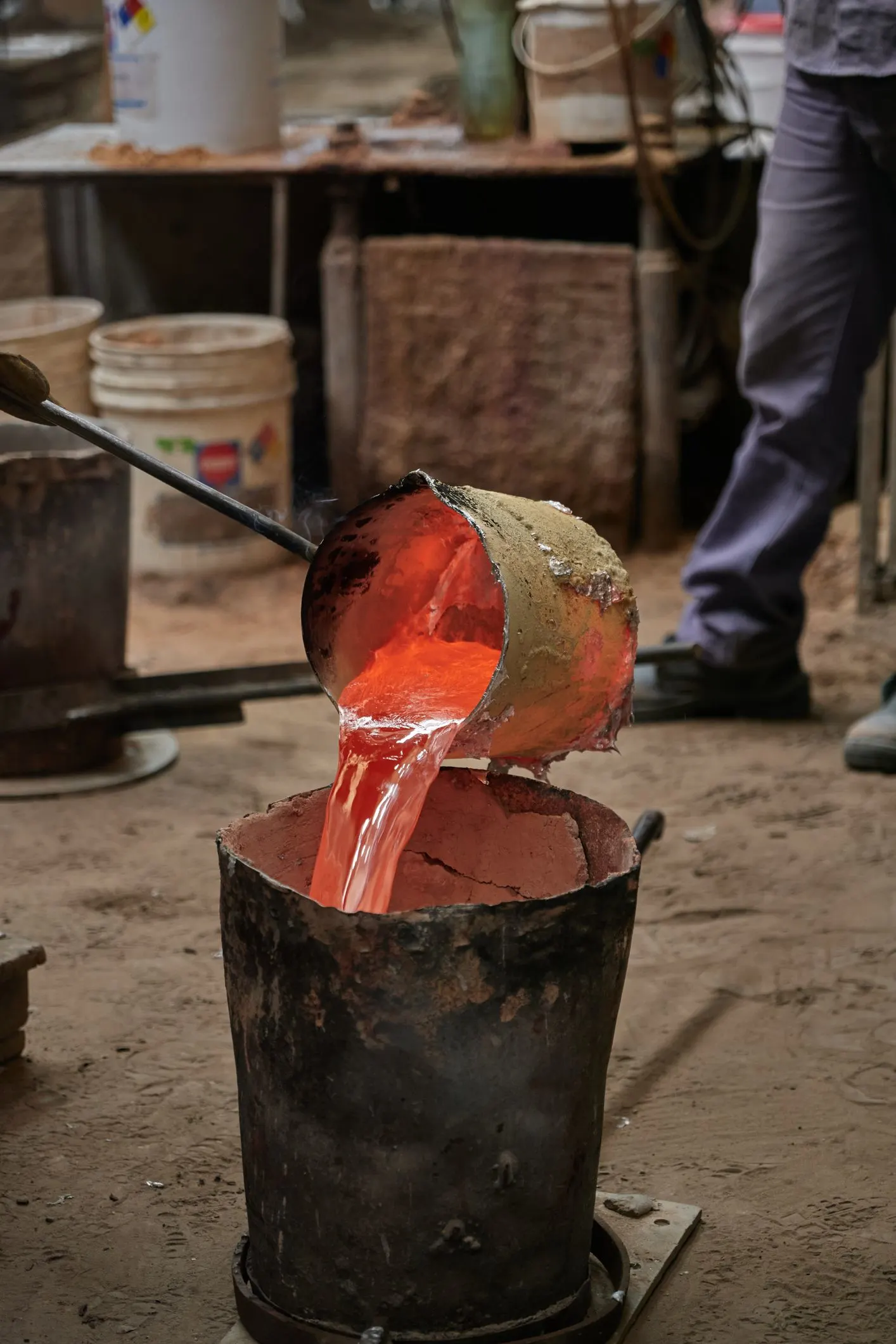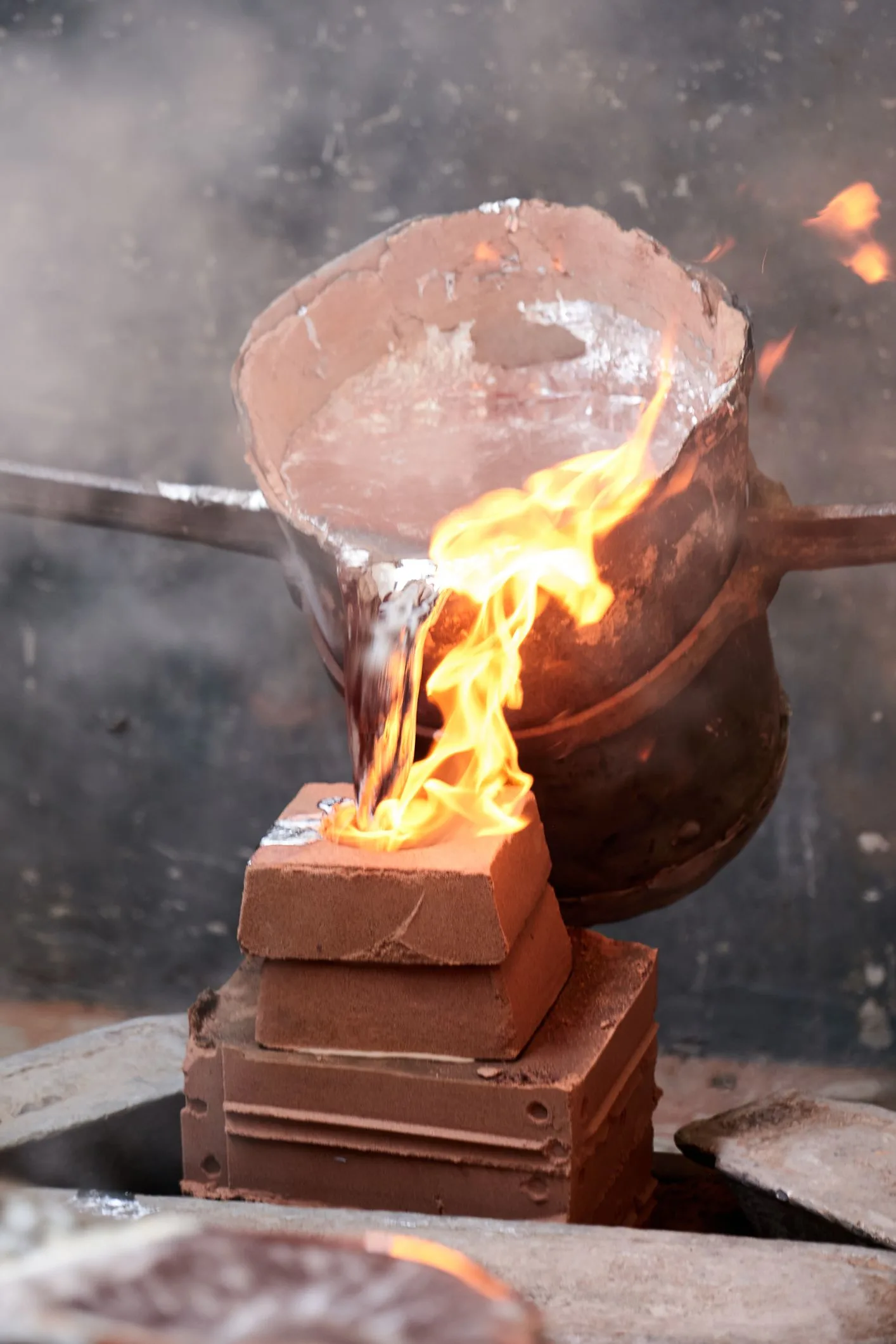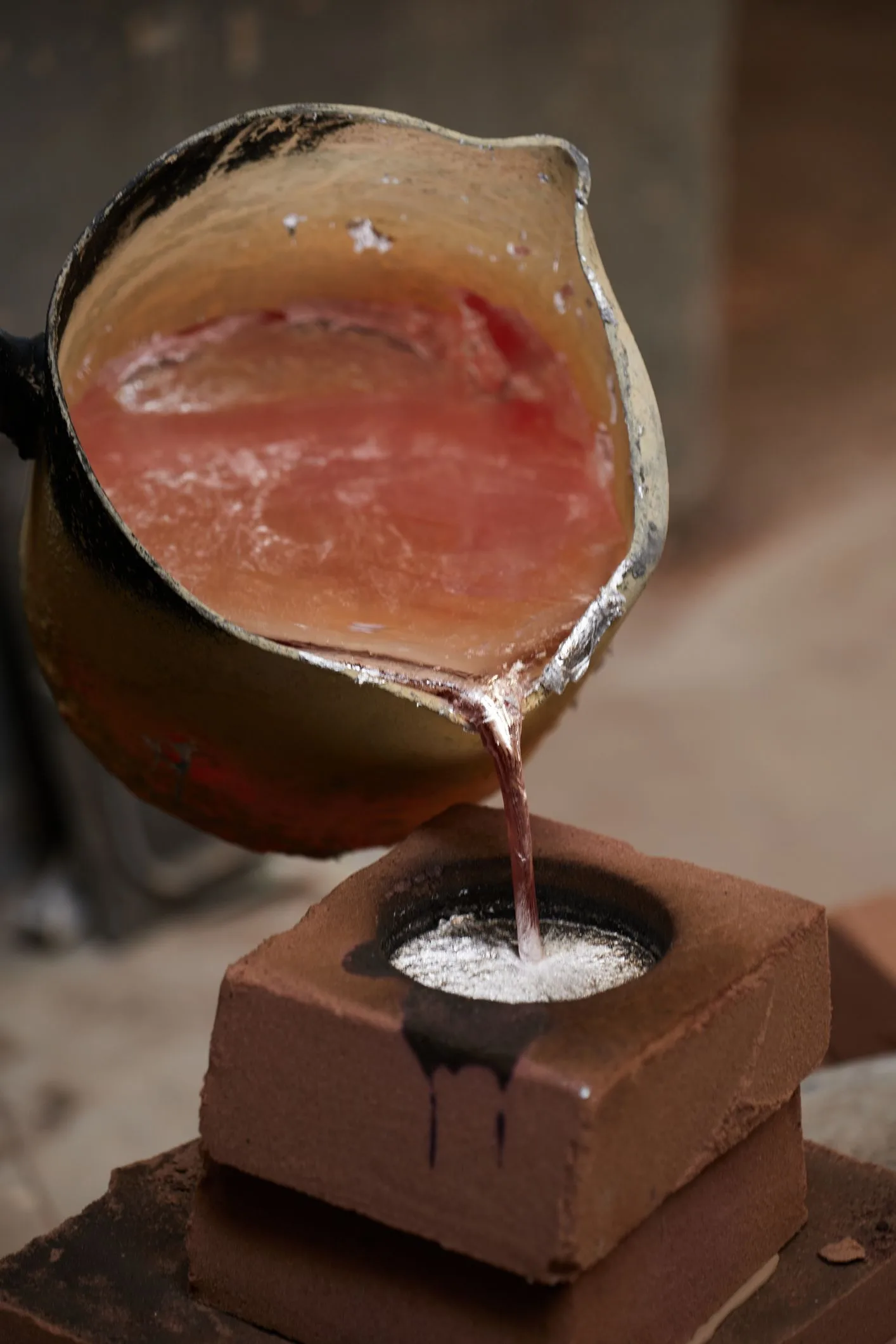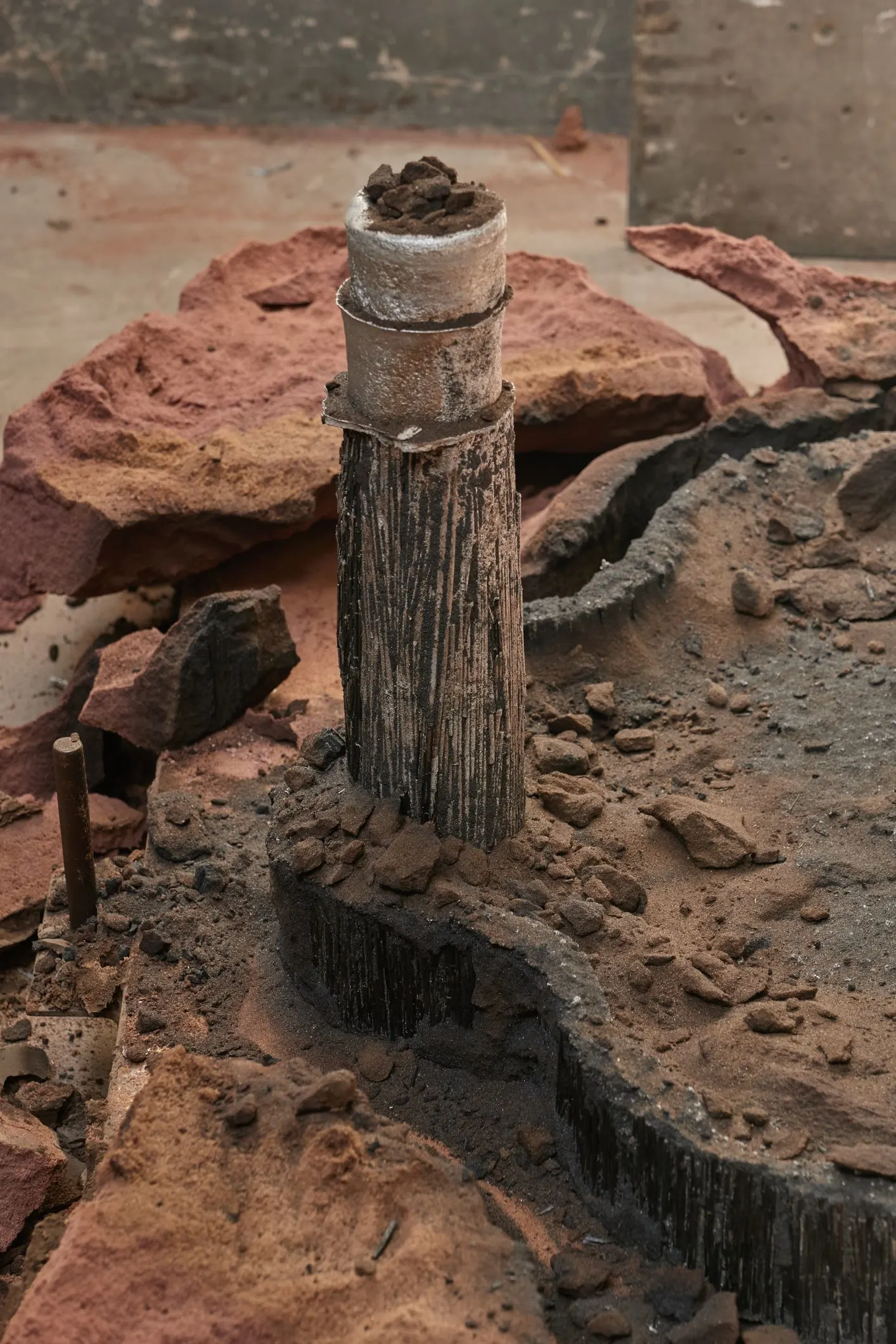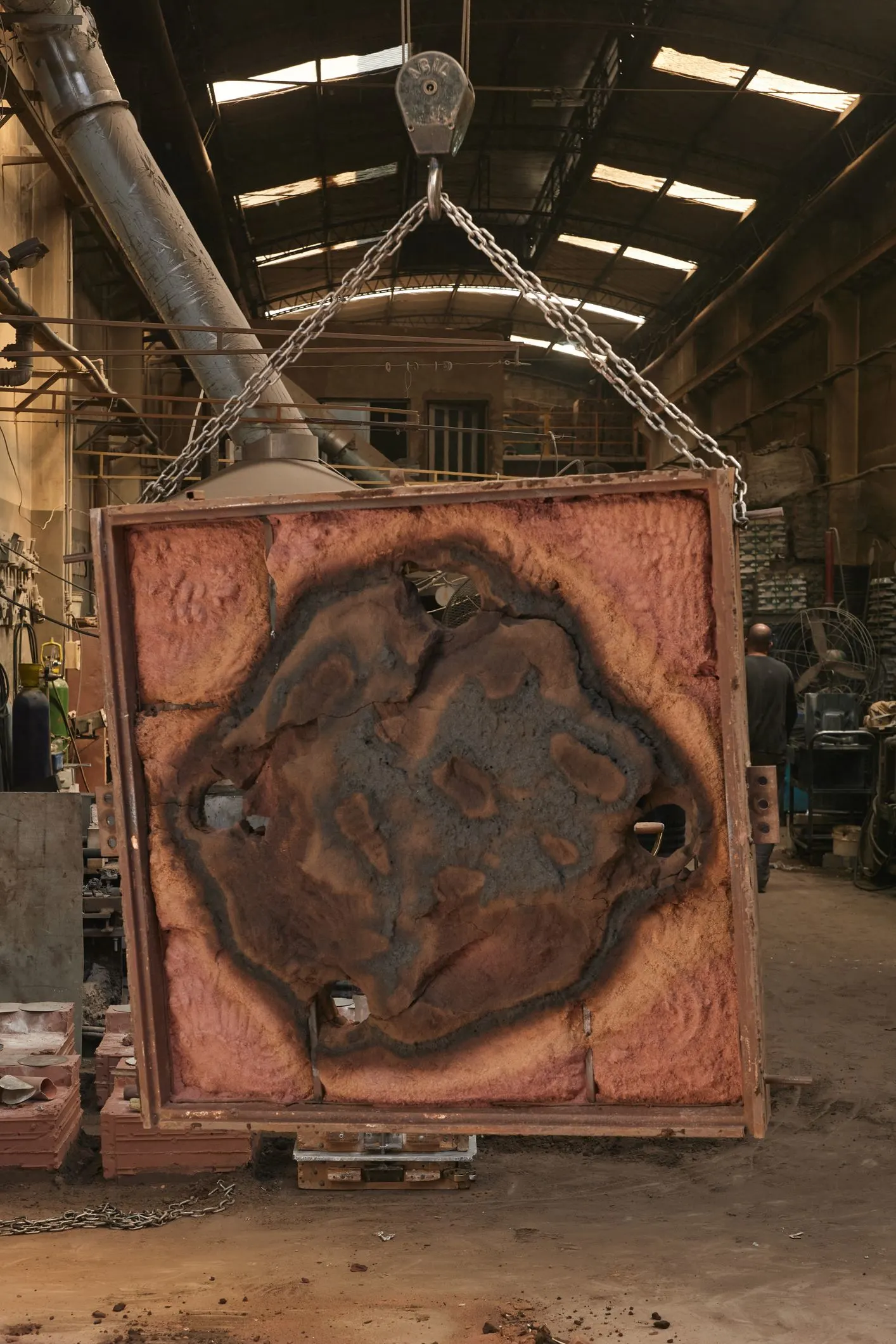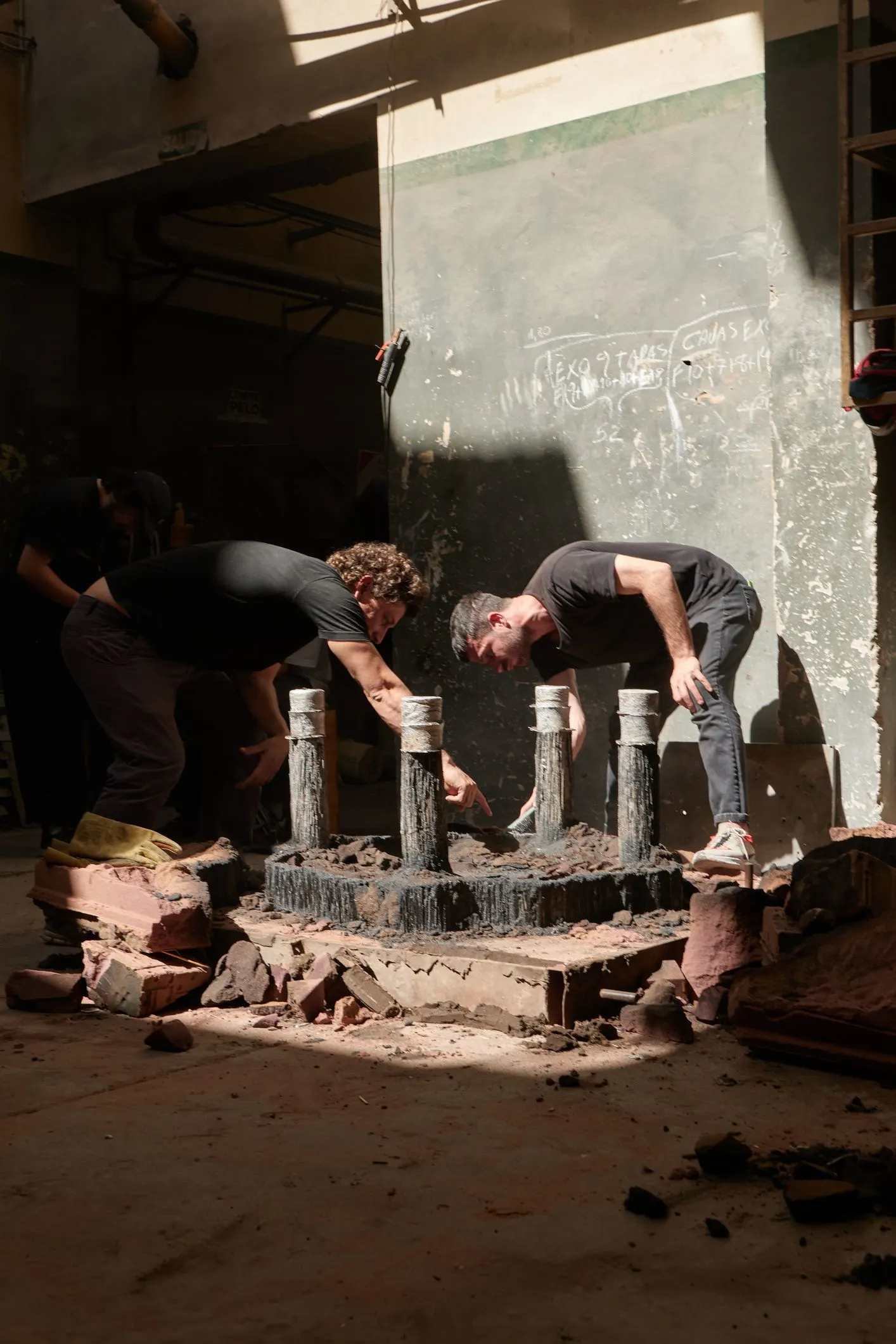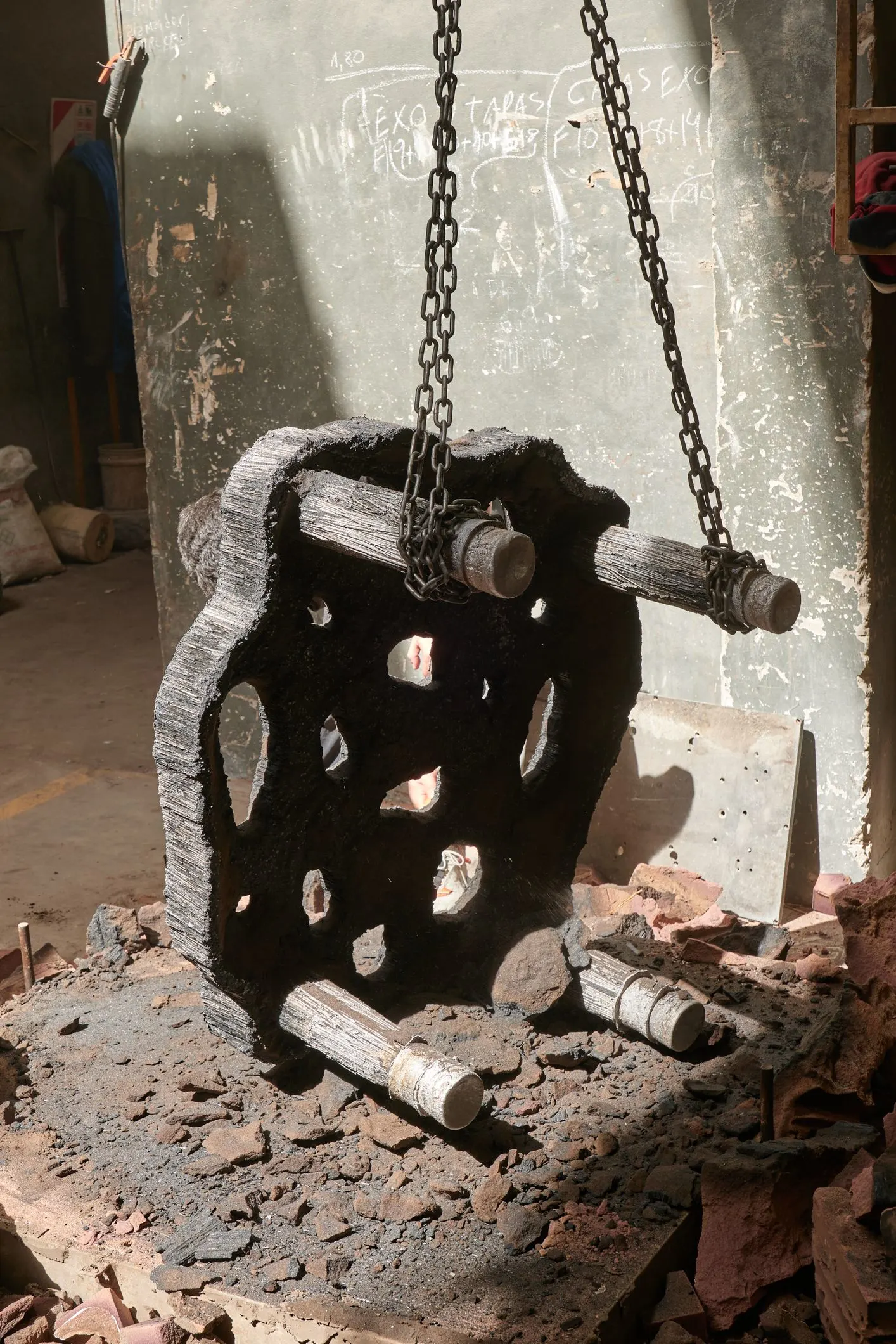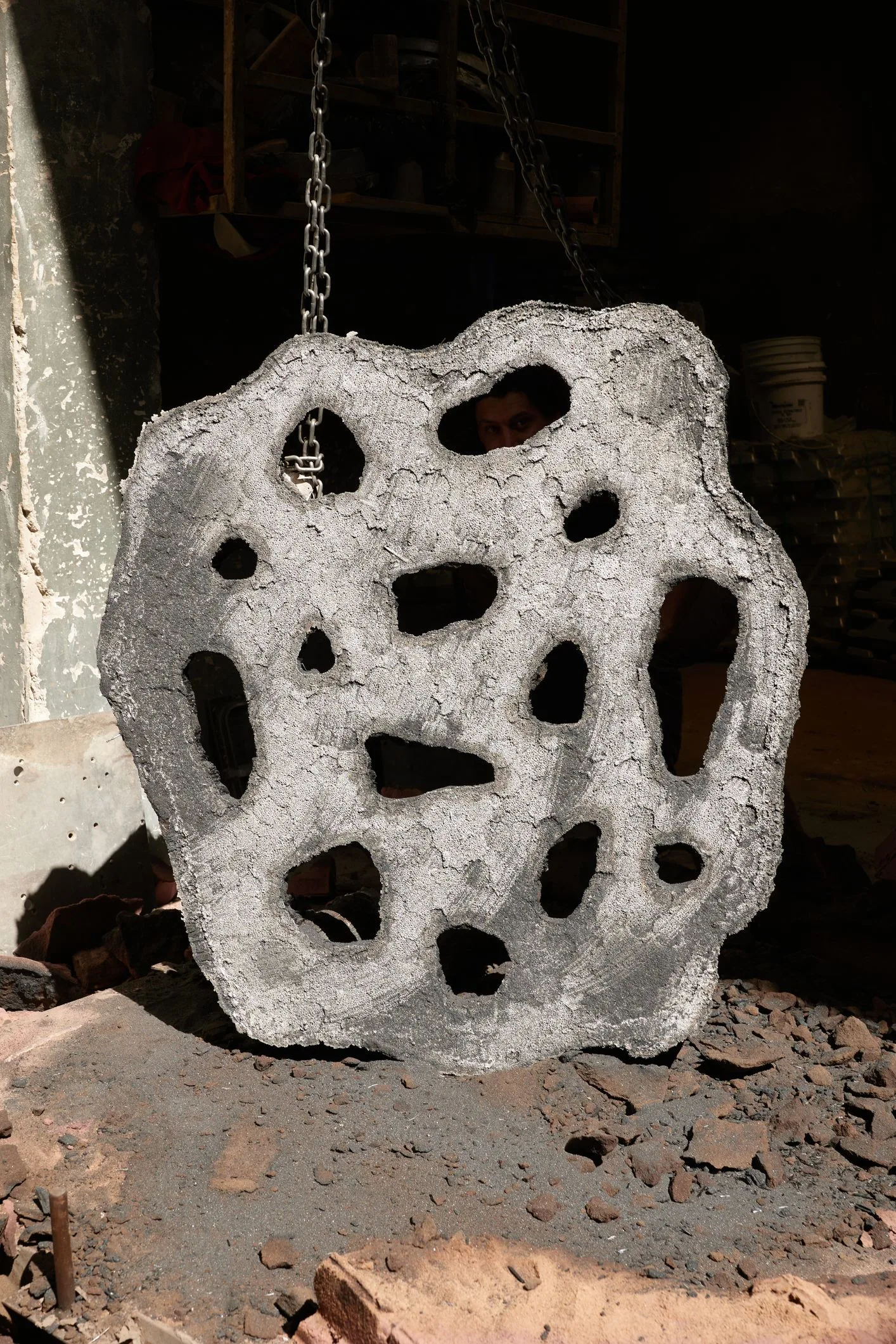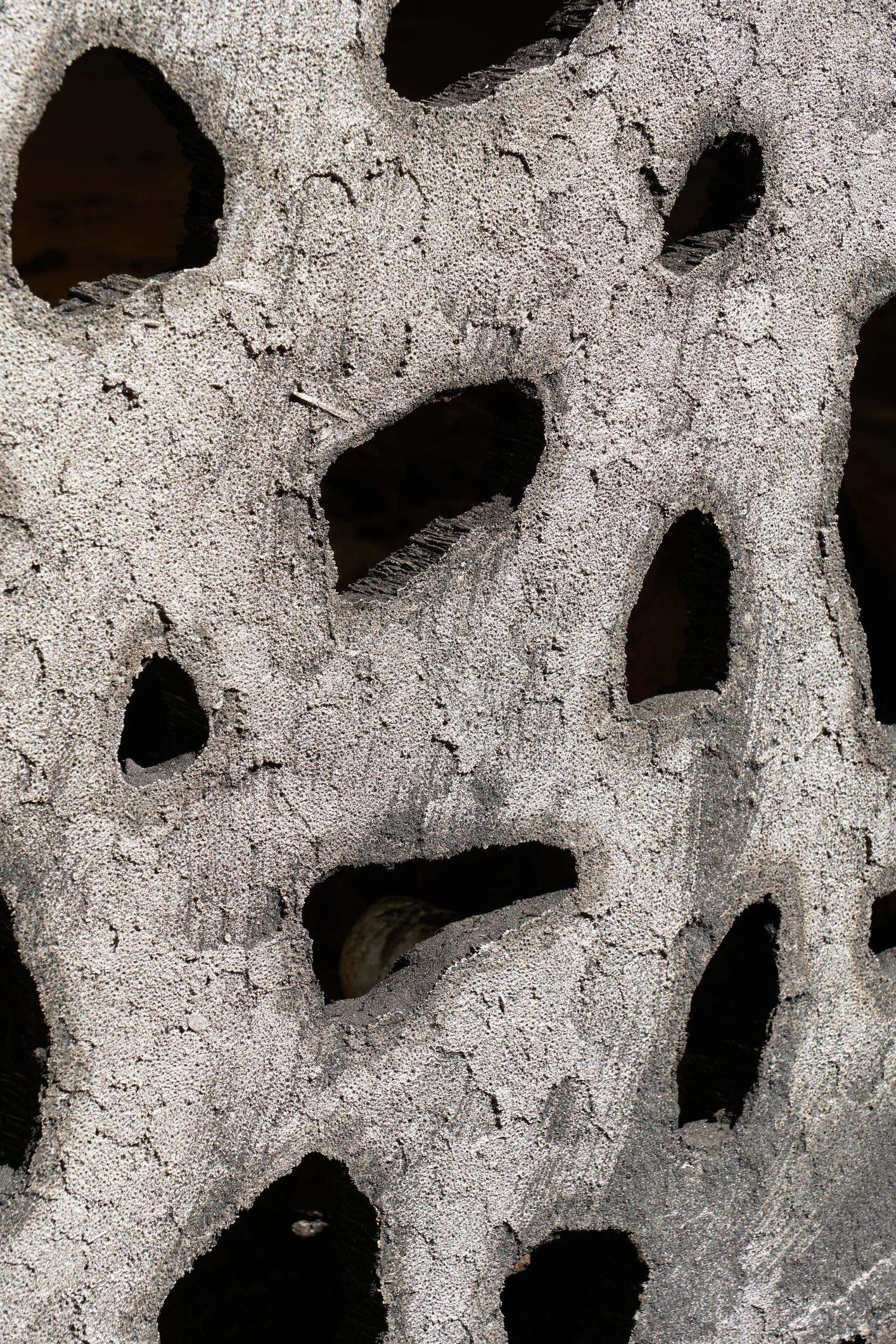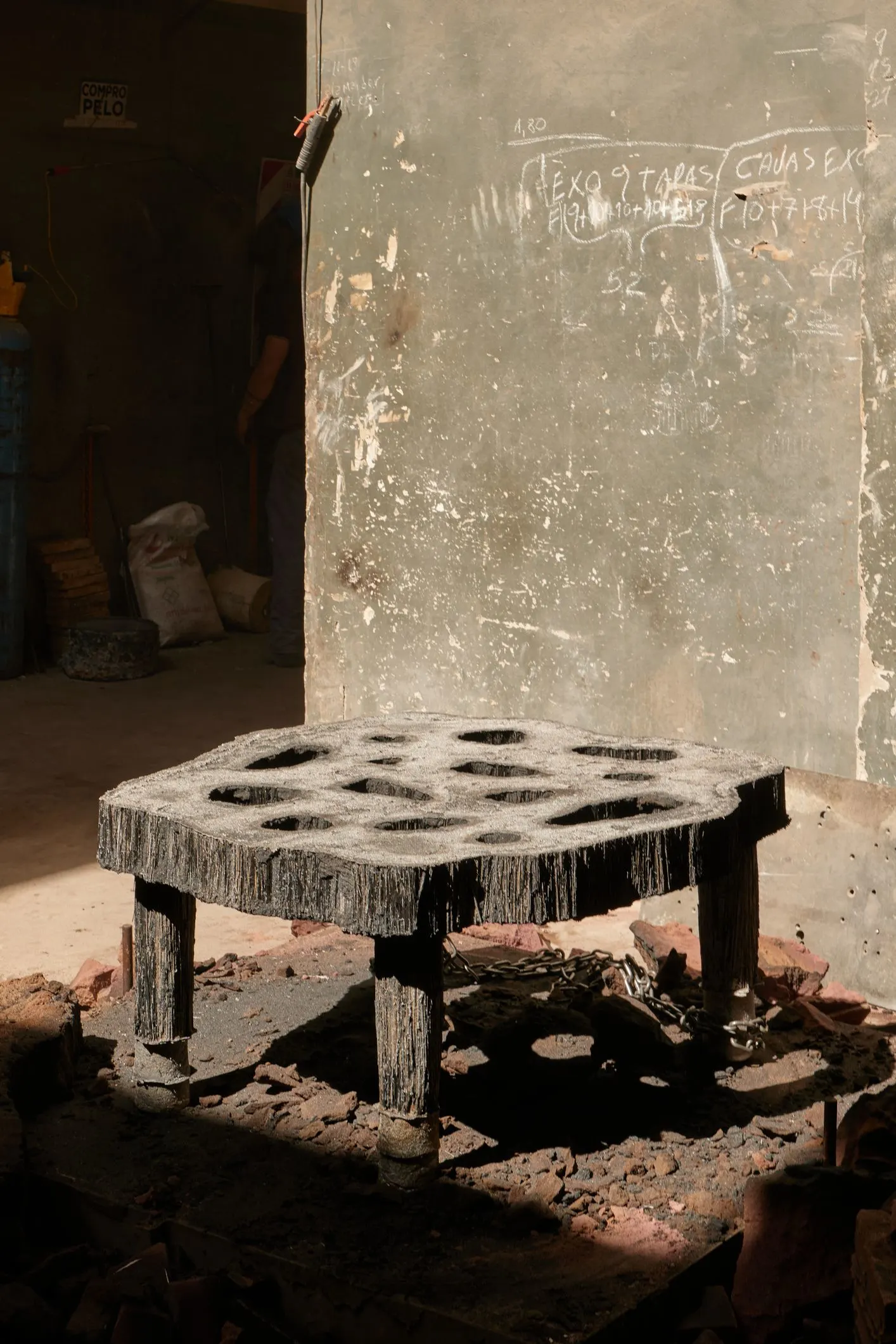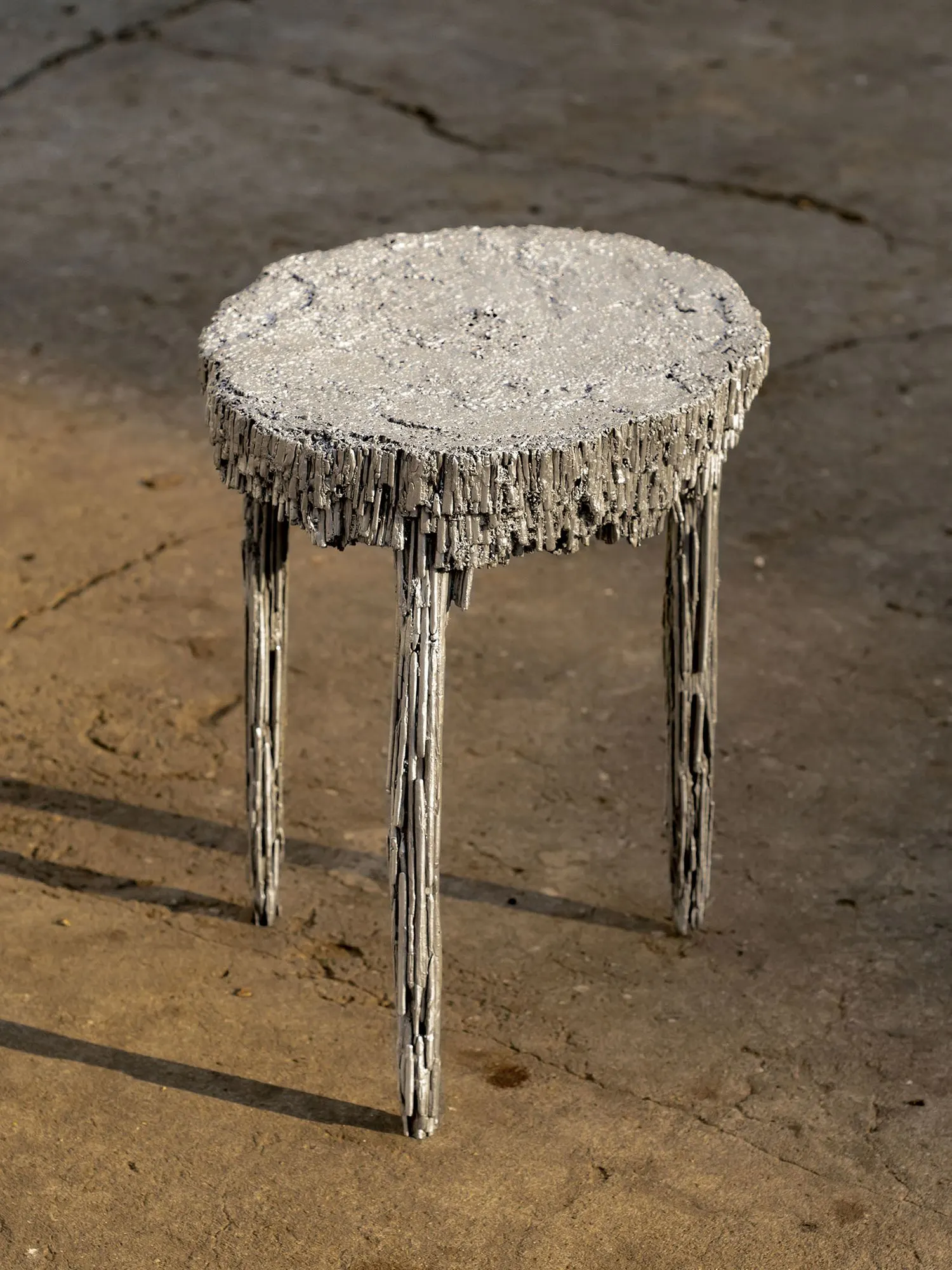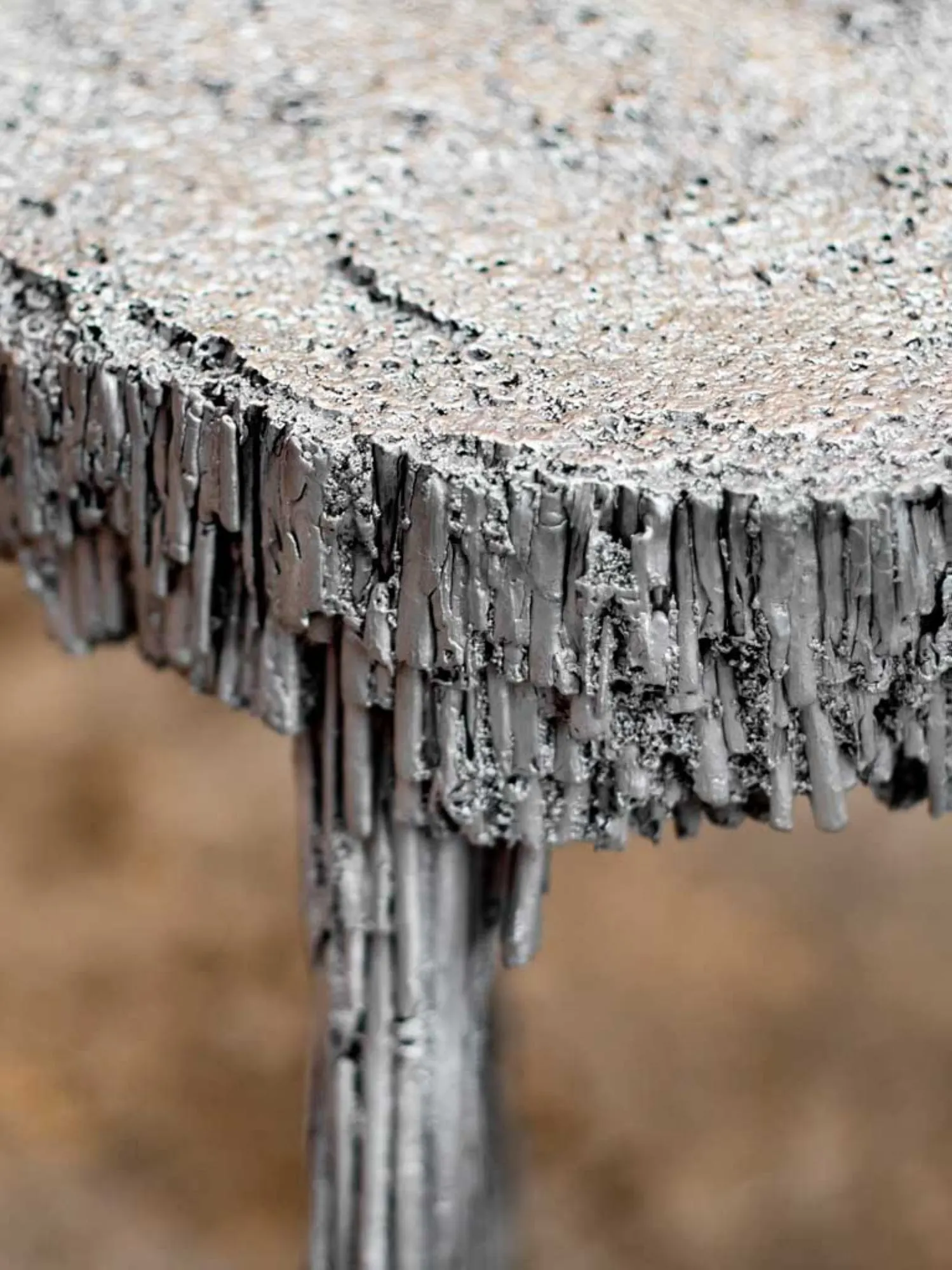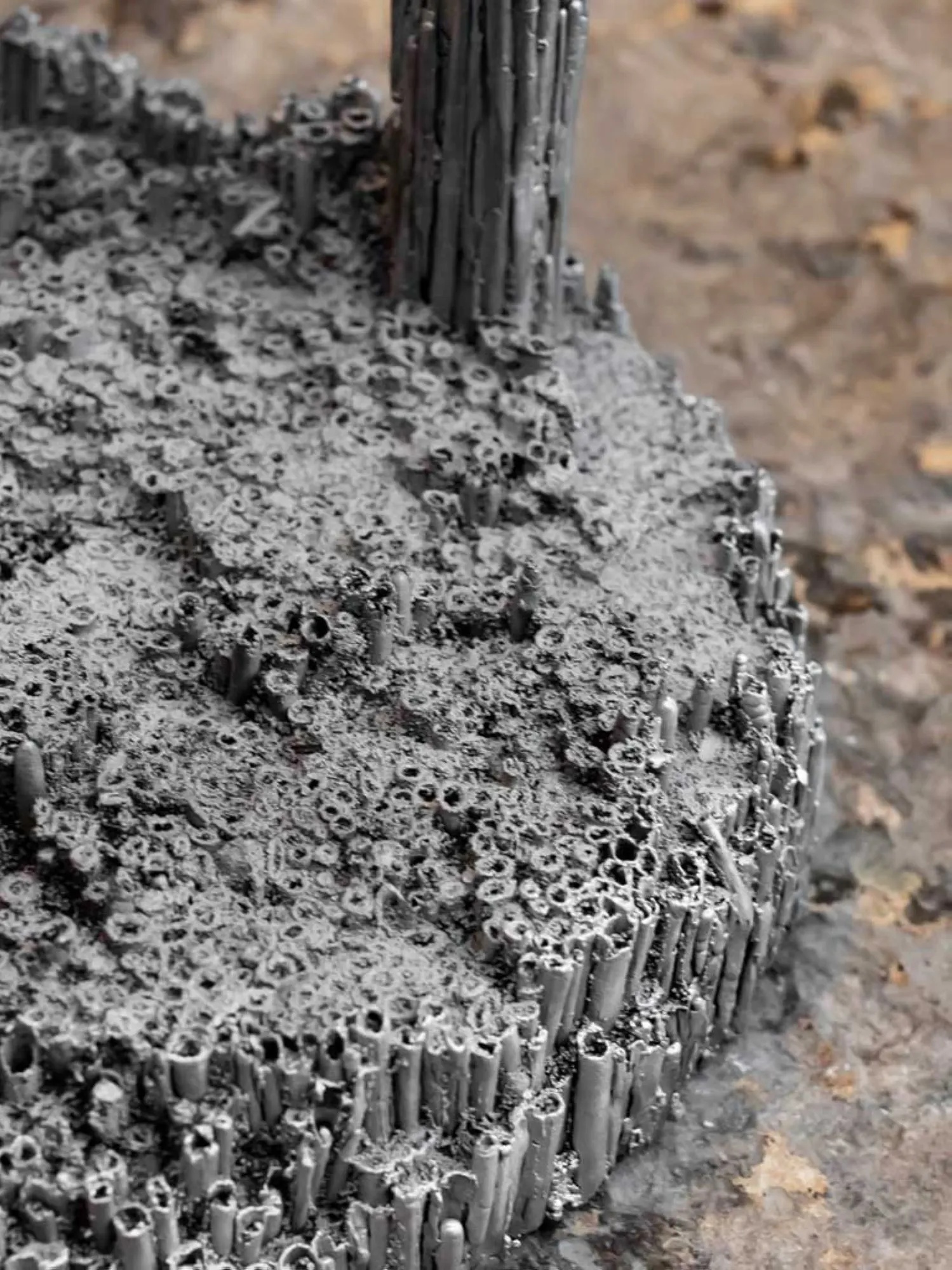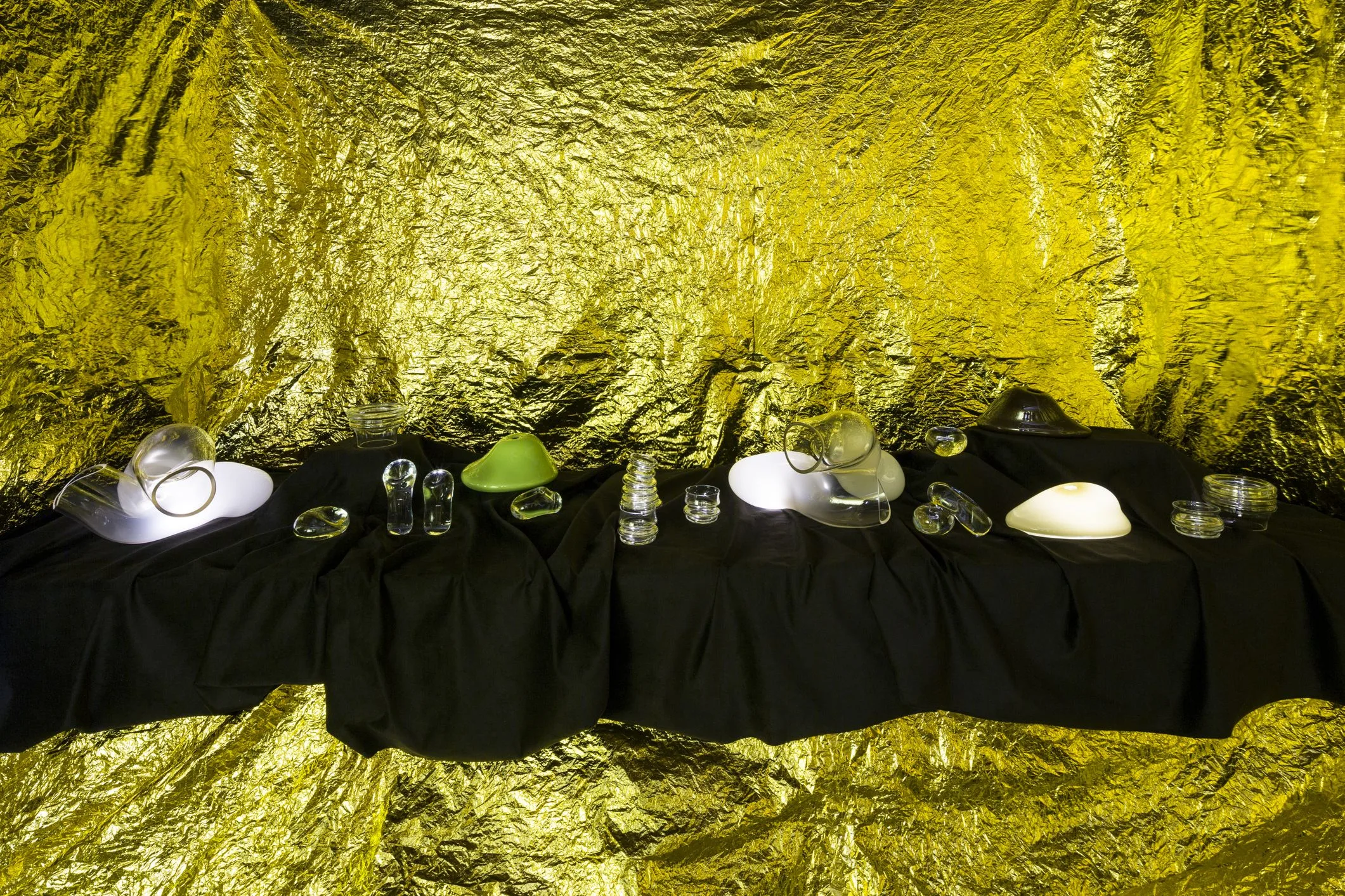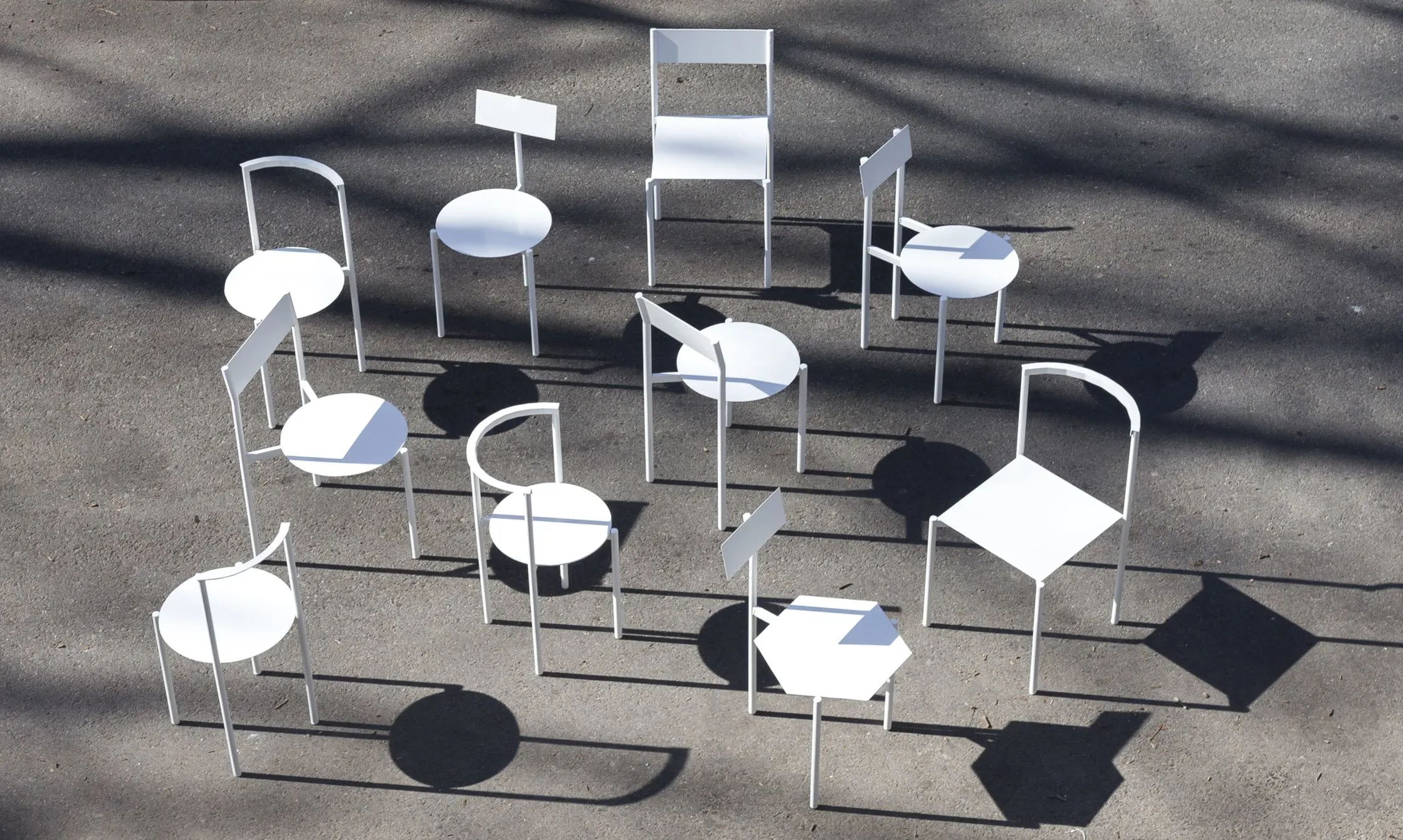Pasto
Pasto is a conceptual and material research project that we have been working on since 2021, with native grasslands of our Pampas region as the main focus. The countryside in Argentina constitutes one of the largest geographical areas in the country and is also a major driver of the economy, accounting for a significant percentage of exports and contributing significantly to the GDP. Culturally, it holds the weight of having been the nation's backbone since its formation, and historically, it's a discussion that should have been more diverse with the inclusion of industry. While a large part of the land had to be modified by humans to achieve this territorial expansion, native grasslands continue to exist and grow naturally on the edges of productive crops, almost as an unconscious act of resistance. “Cebadilla Criolla” (or Bromus Unioloides) is an indigenous relic that is not sown for agricultural purposes and reproduces naturally along roadsides, fences, and woodlands. These overlooked or less commercially valuable grasslands, which are so present in our collective landscape imagery, become a tool through which we address topics such as permanence and serve as a project tool to explore new ways to connect humans with nature. We like to think that through our actions, we transform the world around us. And similarly, we believe that by changing our perspective, we change the world of things. After harvesting the grasslands when they are dry, we classify them by length and meticulously assemble them one by one to create a series of functional sculptures that will later be used as lost molds and cast in aluminum. The lost mold casting technique involves burying a meltable material – in this case, grass – in a mixture of soil, sand, and a binder that acts as a mold for the aluminum, which is then poured at 700°C. This action causes the mold to disintegrate as the molten aluminum occupies the volume where it was buried. Once the aluminum solidifies, the final piece is unearthed, revealing the texture of the lost mold on its surface. We envision this collection as an endless catalog of pieces that naturally emerge from the Pampas plain, only to immortalize their existence through an urban industrial process. In this way, we connect two seemingly opposing universes in our country to open a dialogue about this situation and ask ourselves: What role do agriculture and industry play in our production matrix? Can we imagine an Argentina where both can coexist in a symbiotic relationship? As we mentioned at the beginning: we like to think that through our actions, we transform the world around us. And that this world can, in some way, represent the country we dream of so much. By making this direct translation of organic matter into metal, what is depicted is a specific moment in its life cycle that will endure forever. We intend for these pieces to symbolize the concept of permanence and revalue our territory and industry. To elevate the autochthonous. Through them, our public and private spaces are also shaped, forming domestic horizons and consequently, changing our perceptions of our environment. We see the inscription of the living into the non-living, the continuation of a form through means other than itself, and a technique that enables it. Technique is invention, and invention is novelty, but in this case, the technique subverts itself and looks towards the non-novel, towards the pre-existing. We are not trying to create something new but to reaffirm what already existed and was about to be lost. The marginalized is immortalized.

